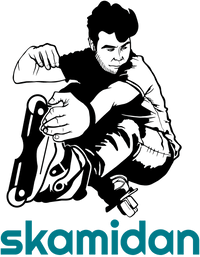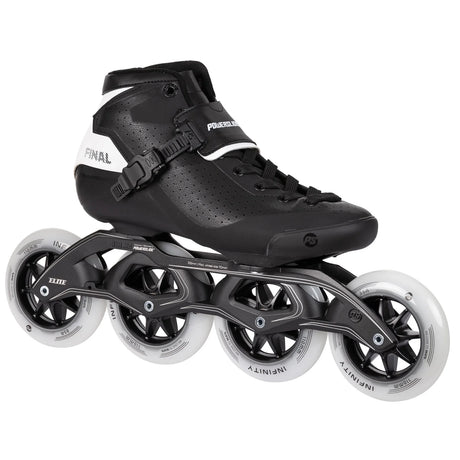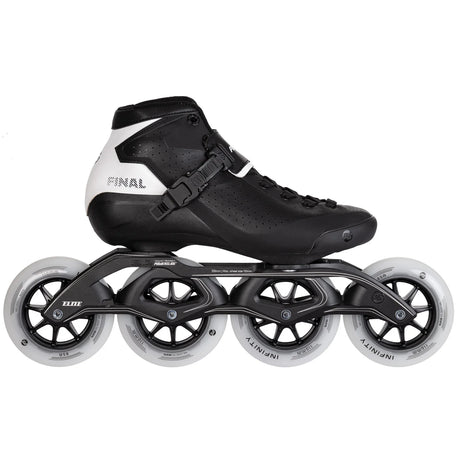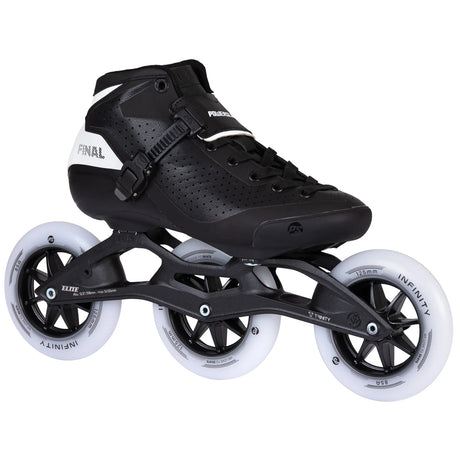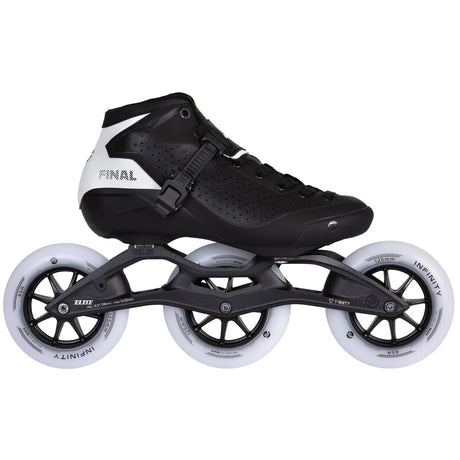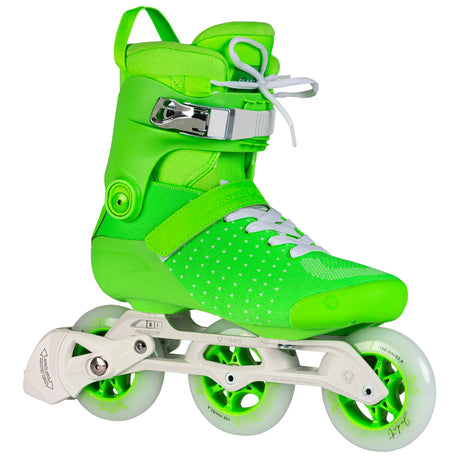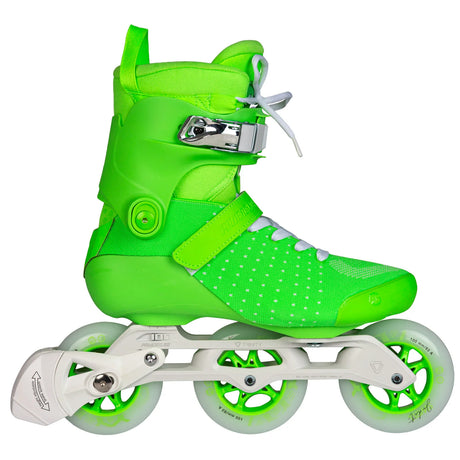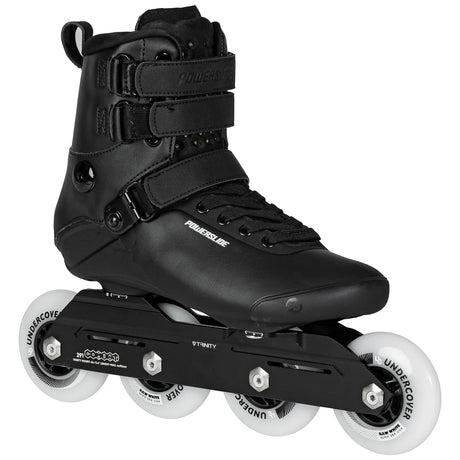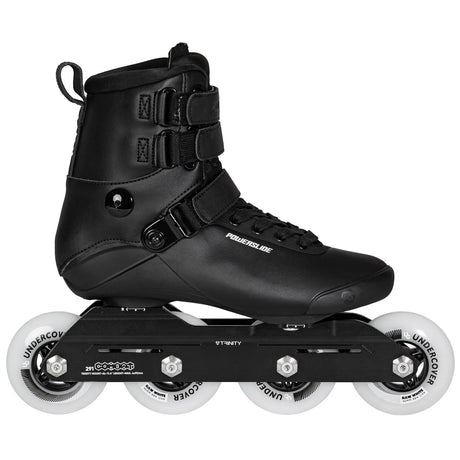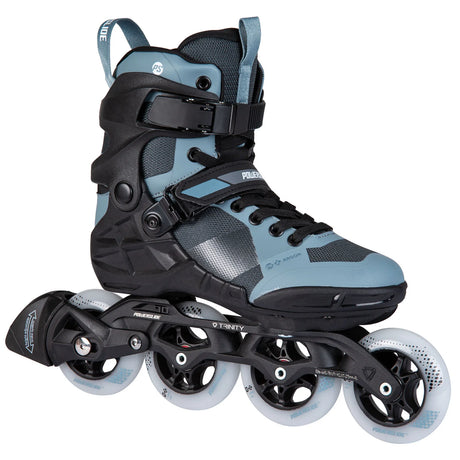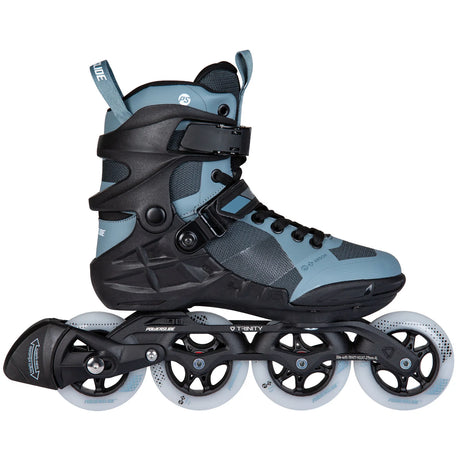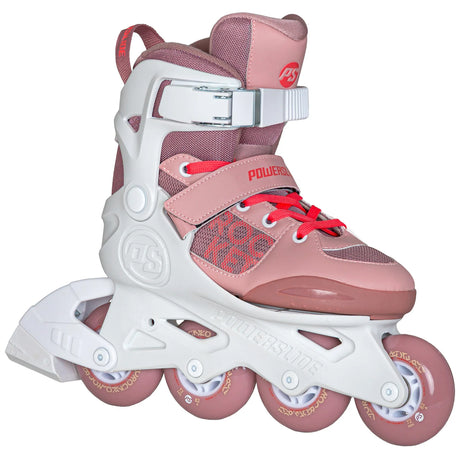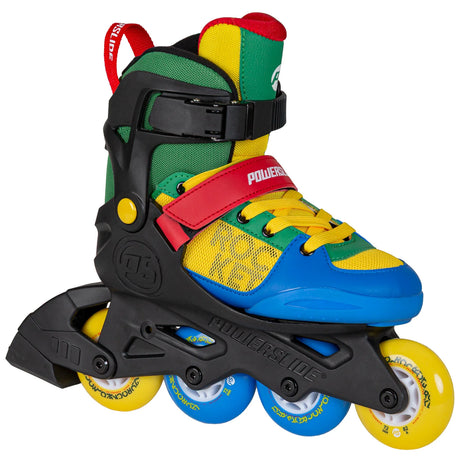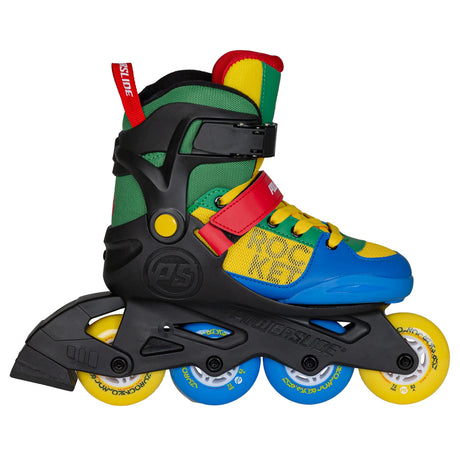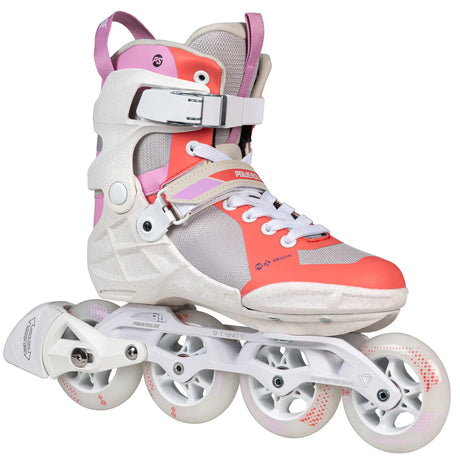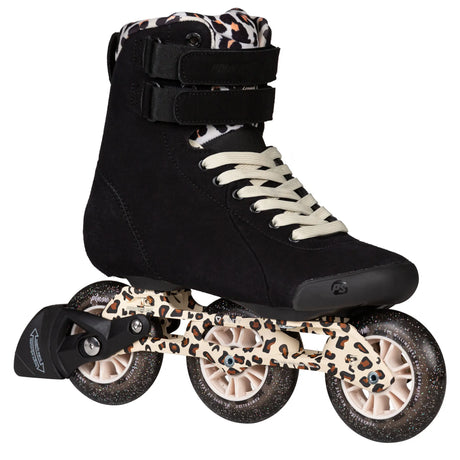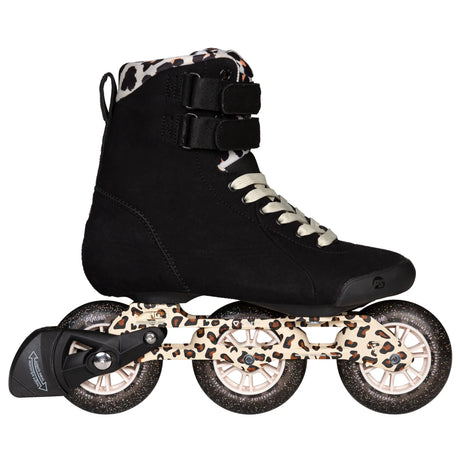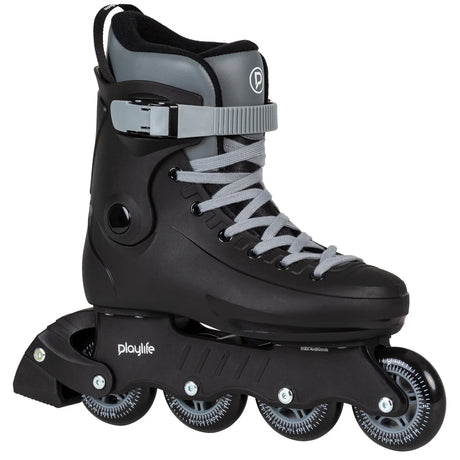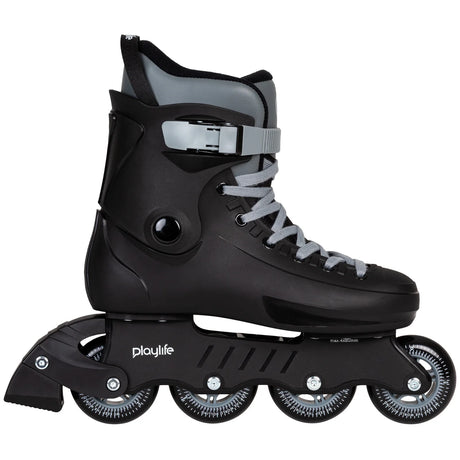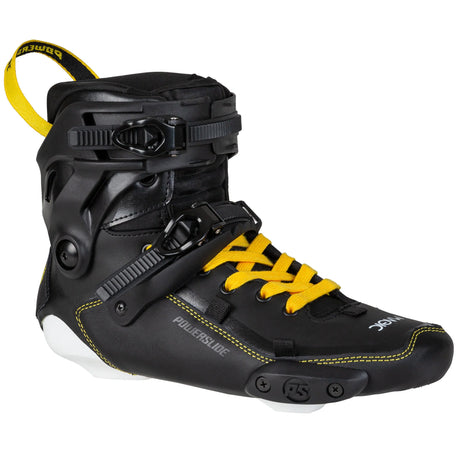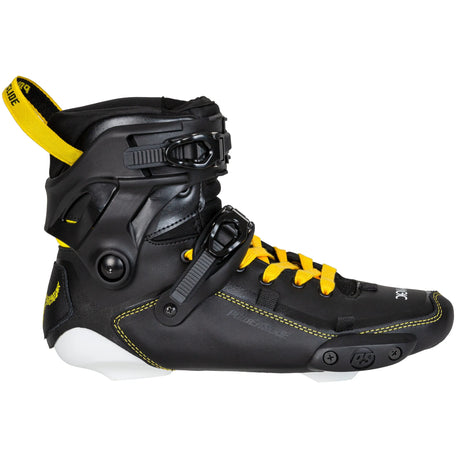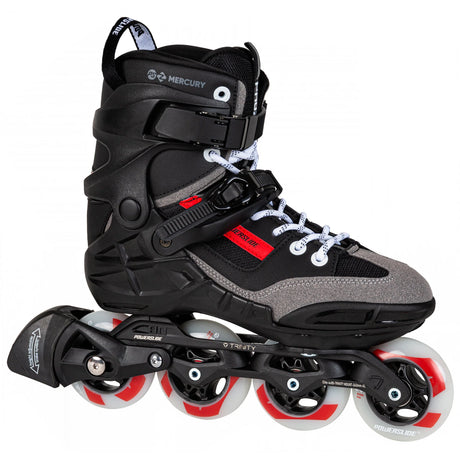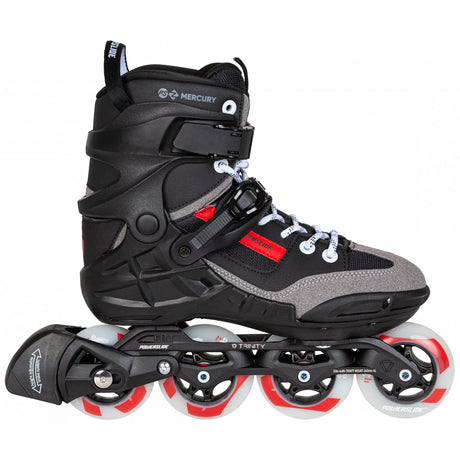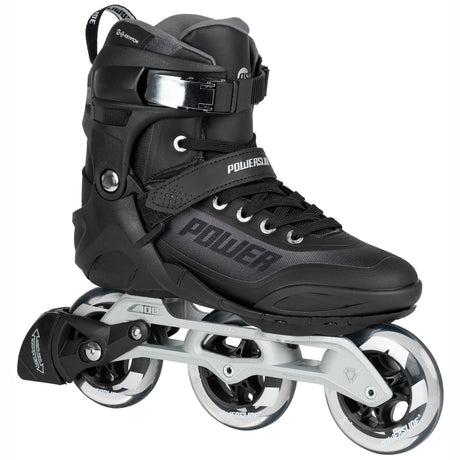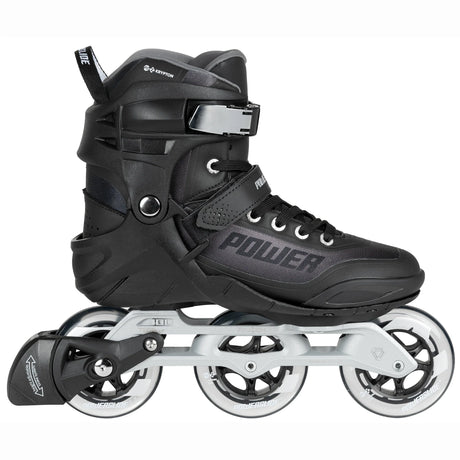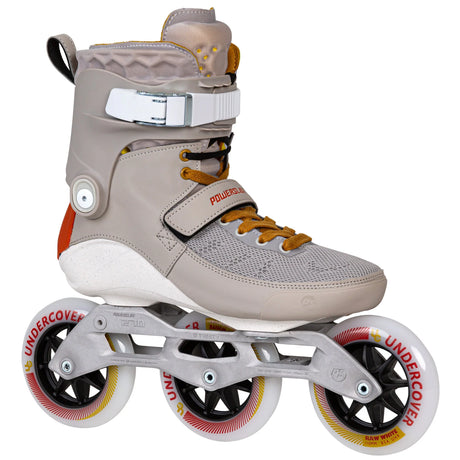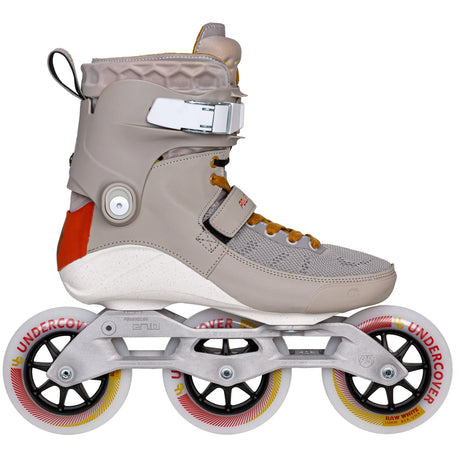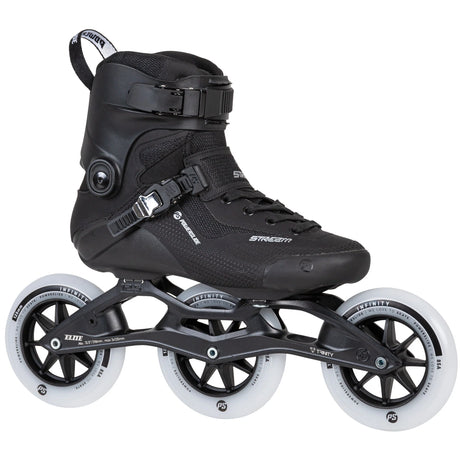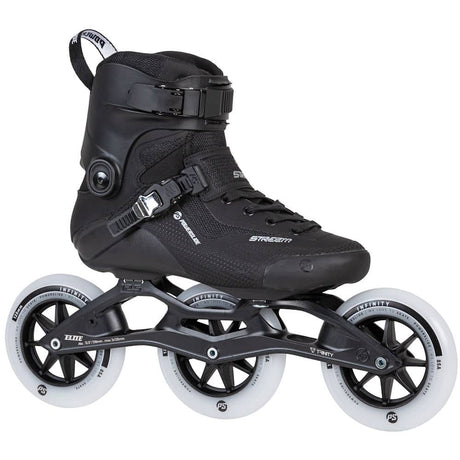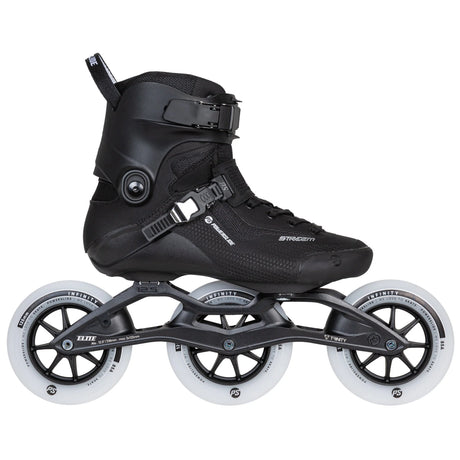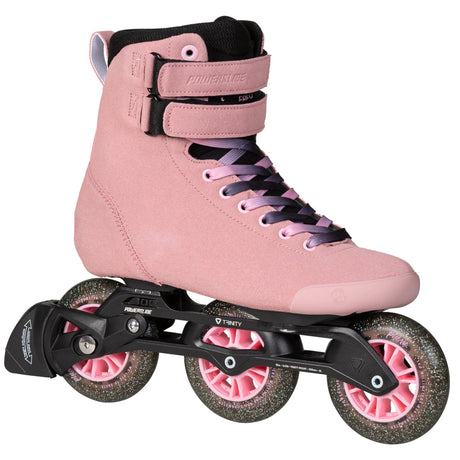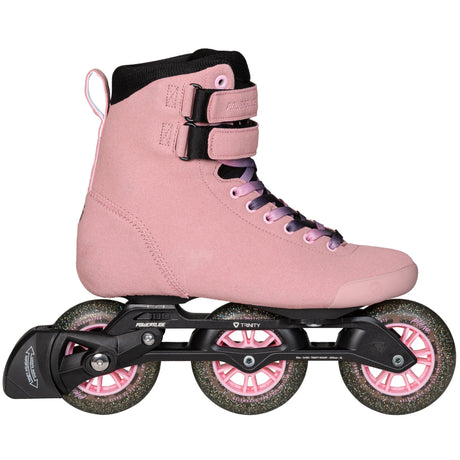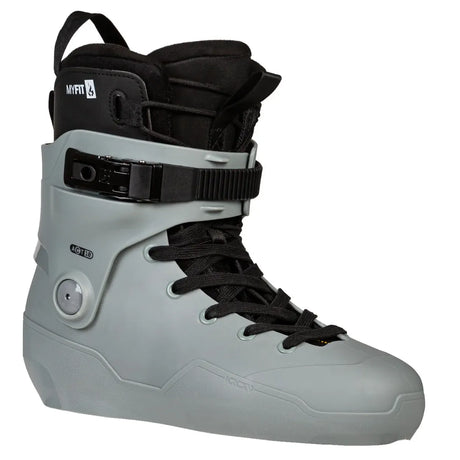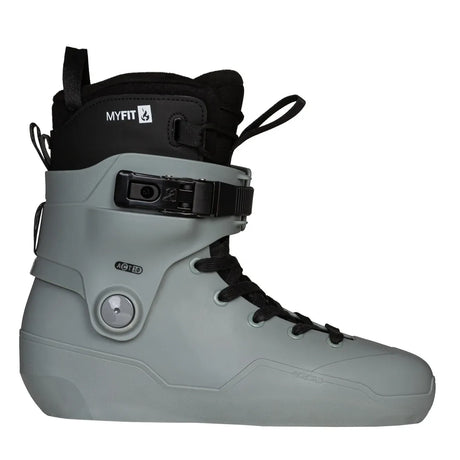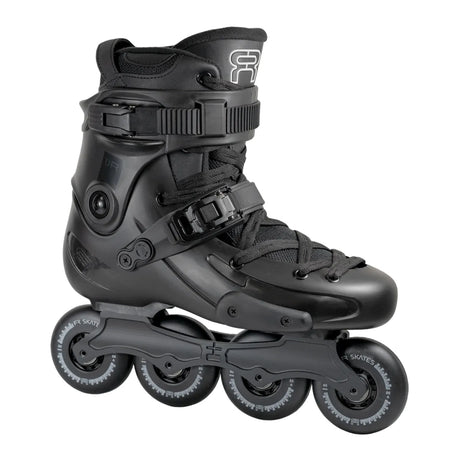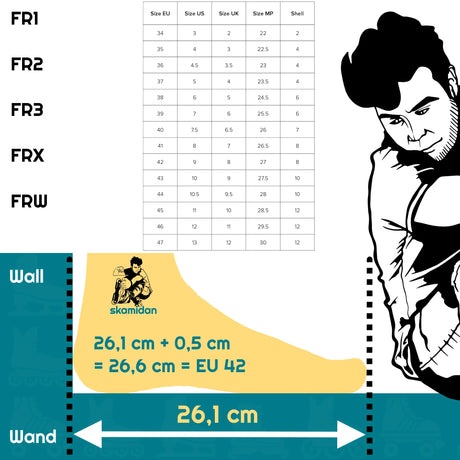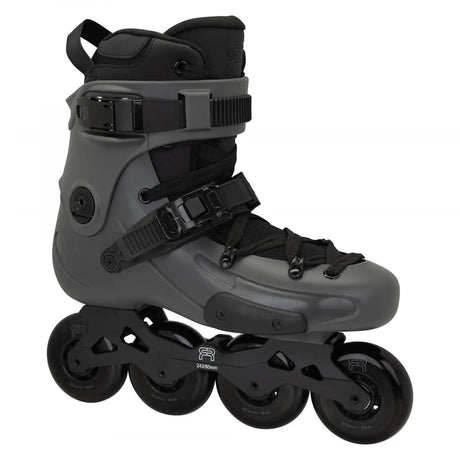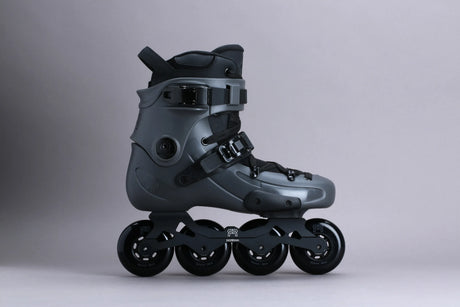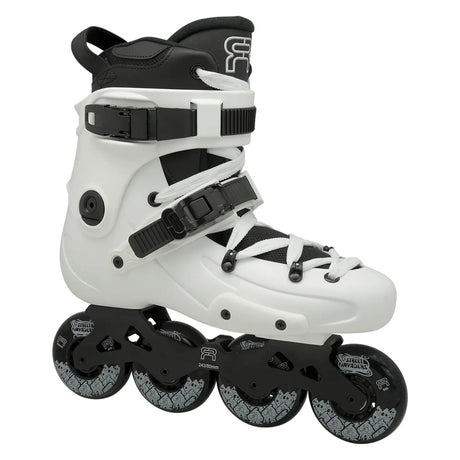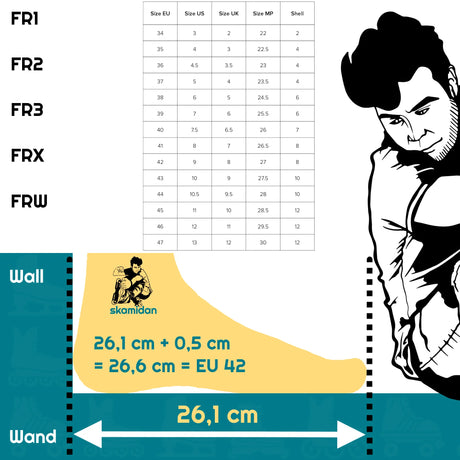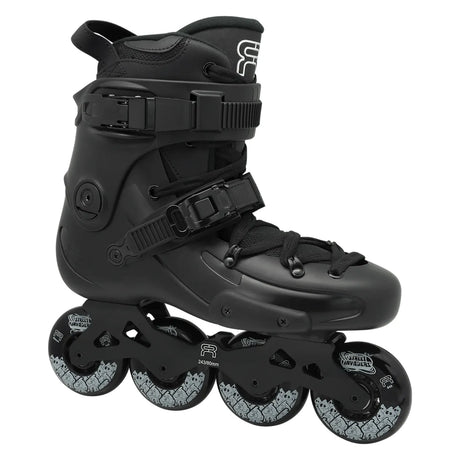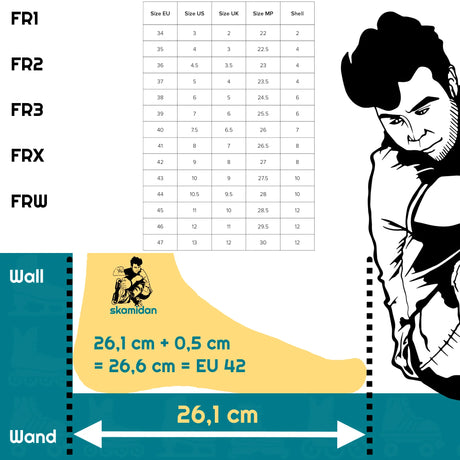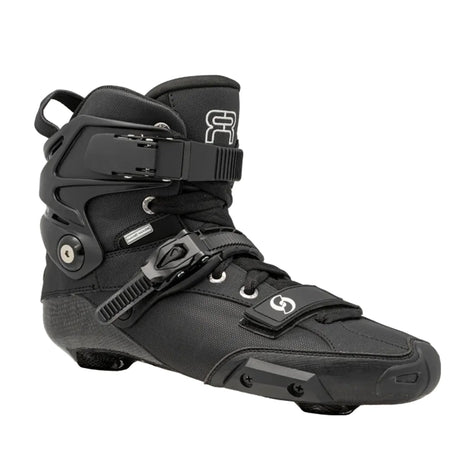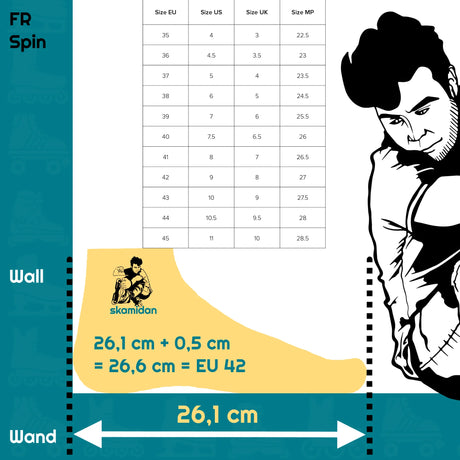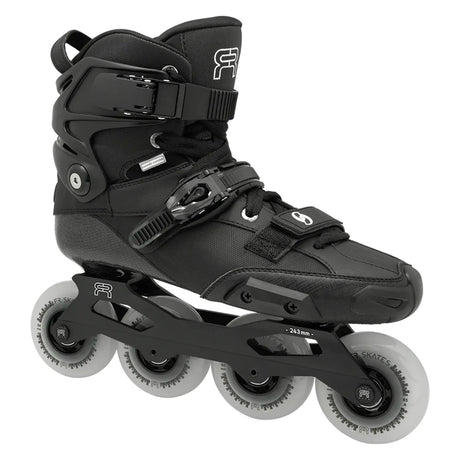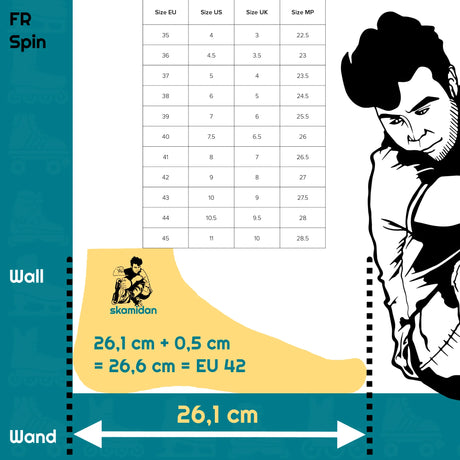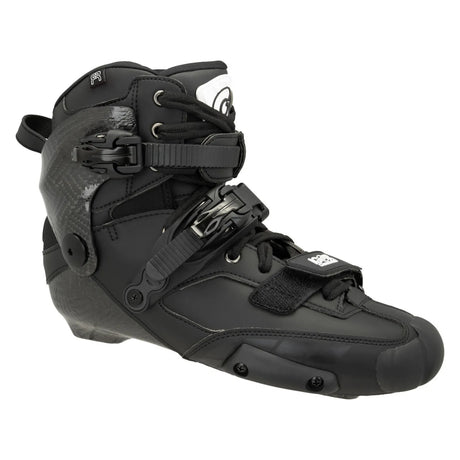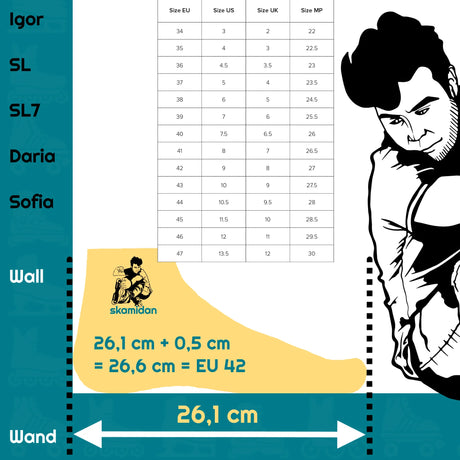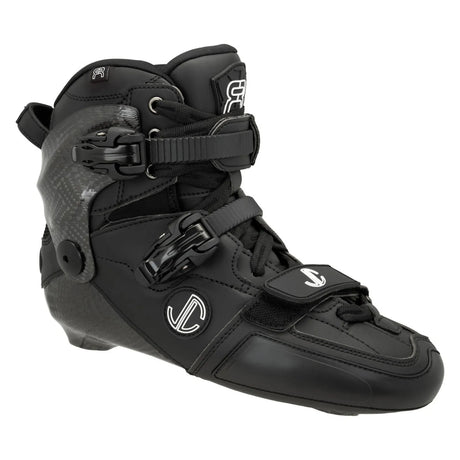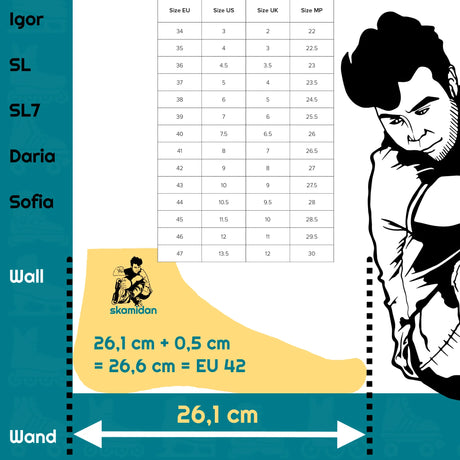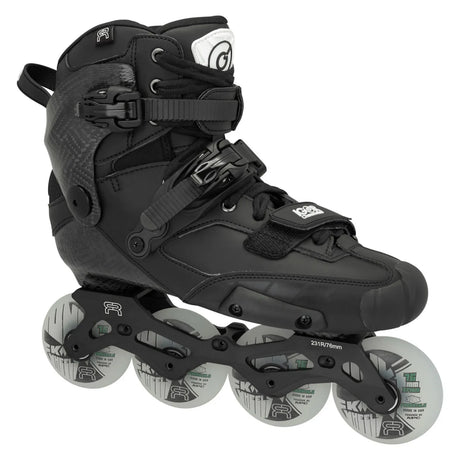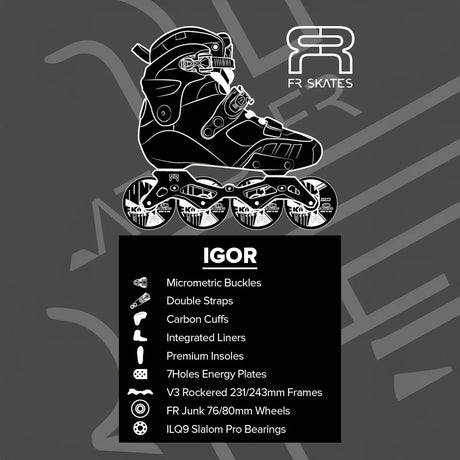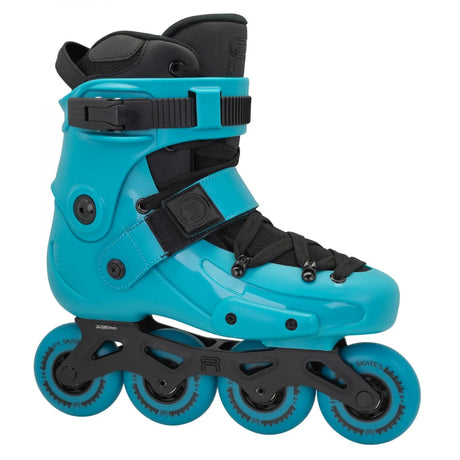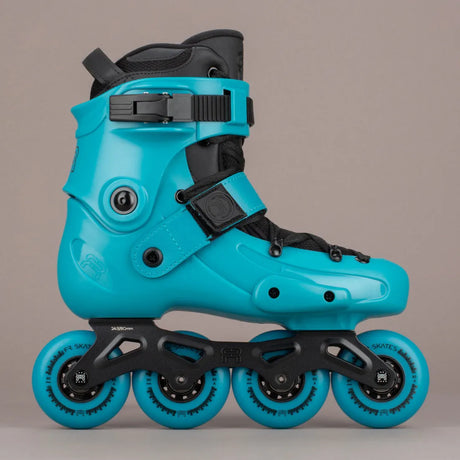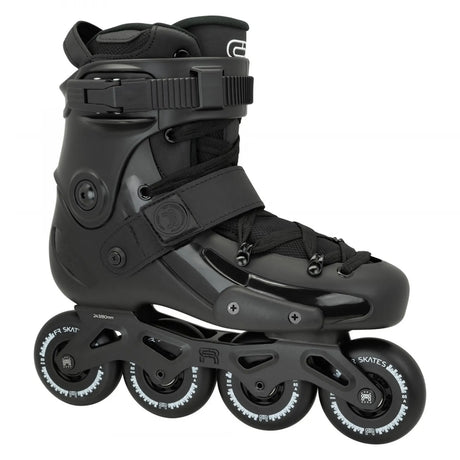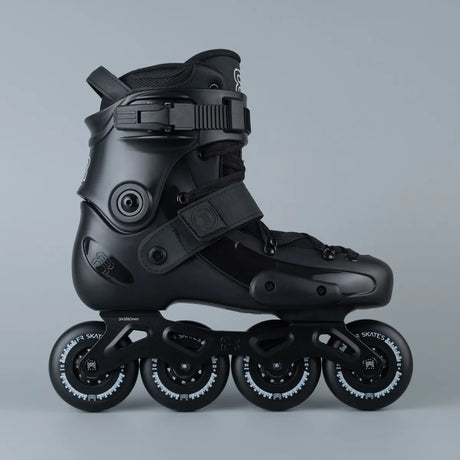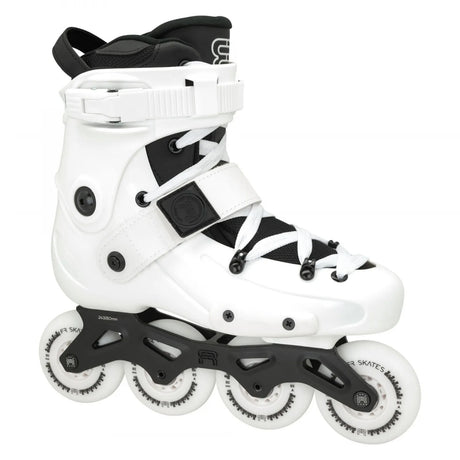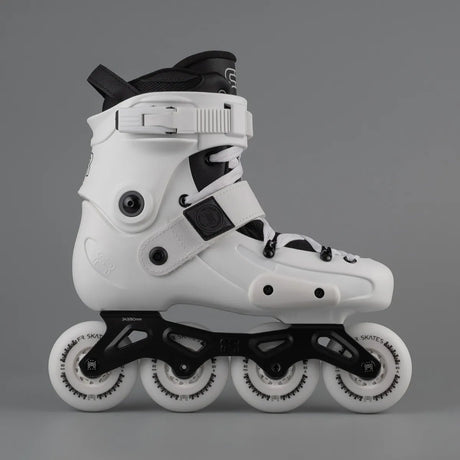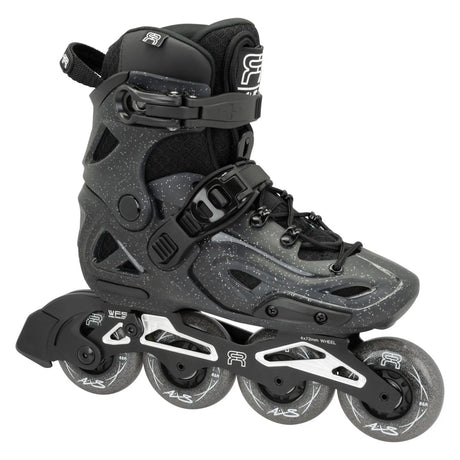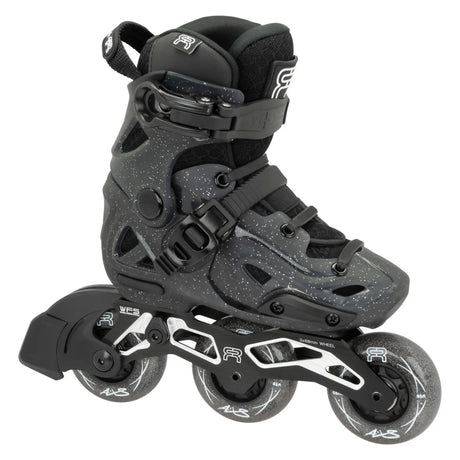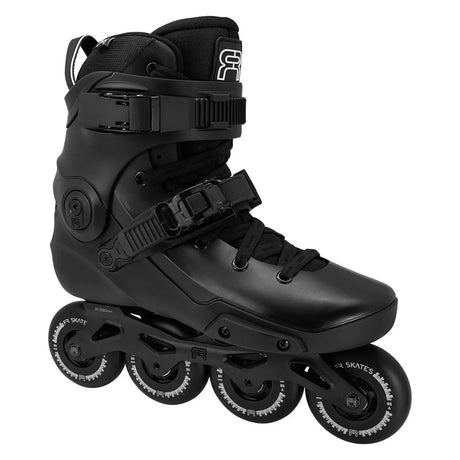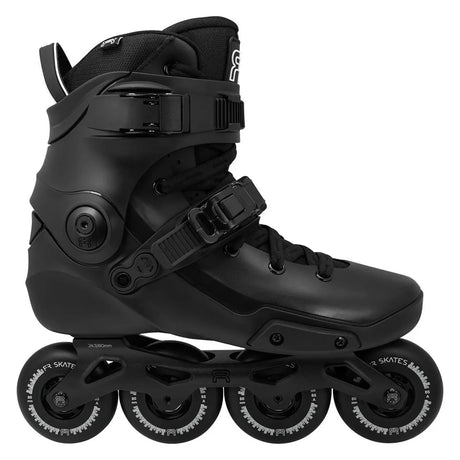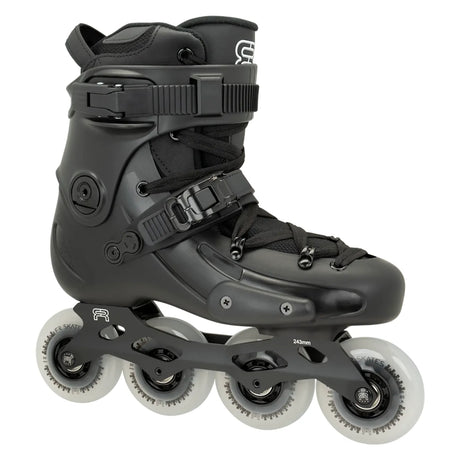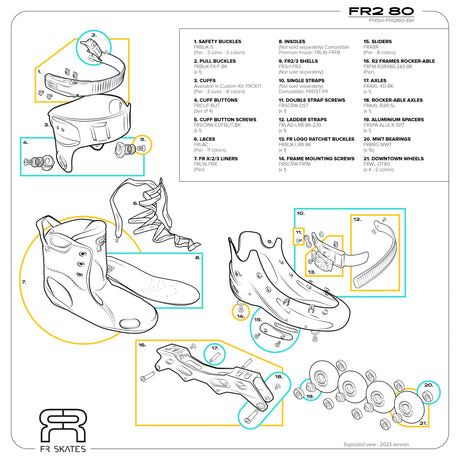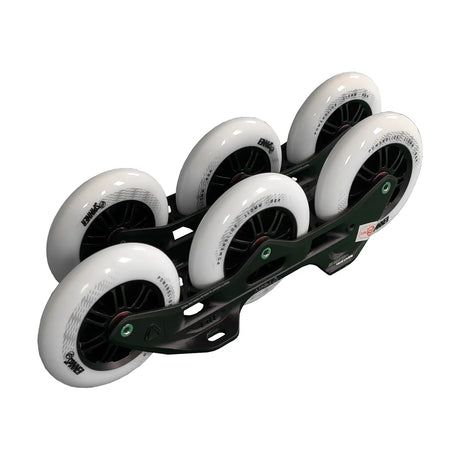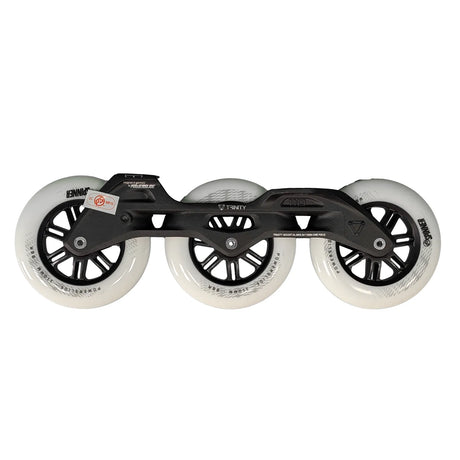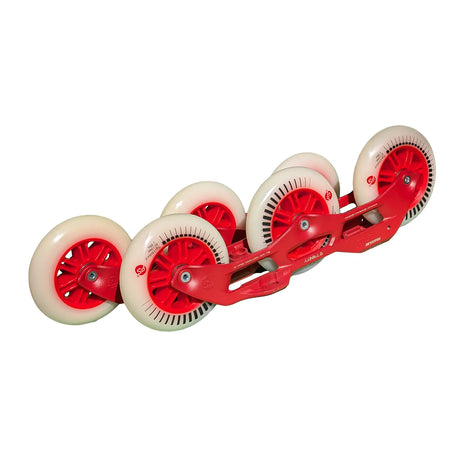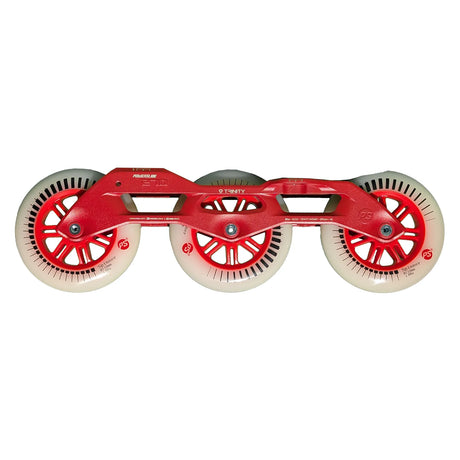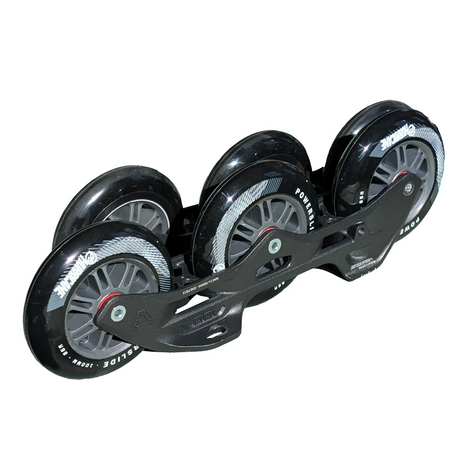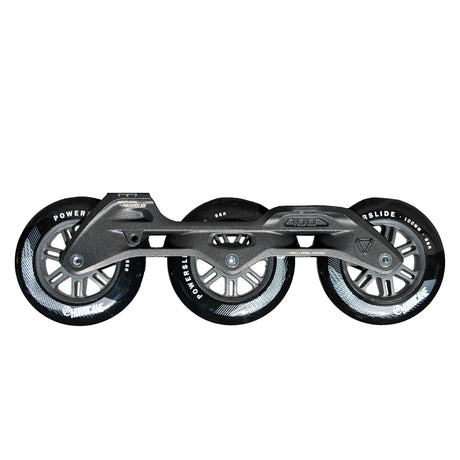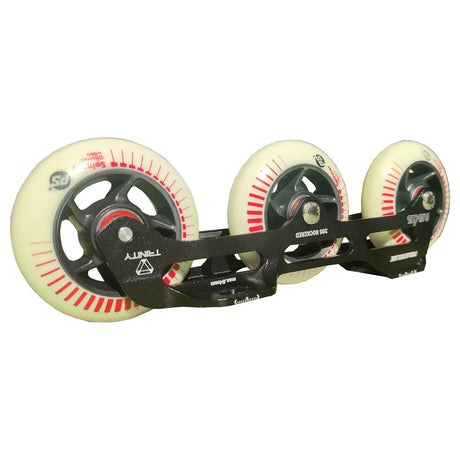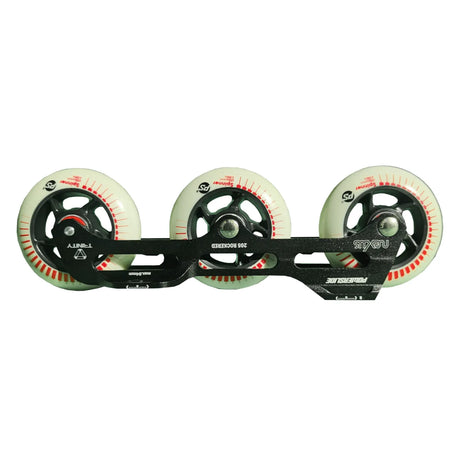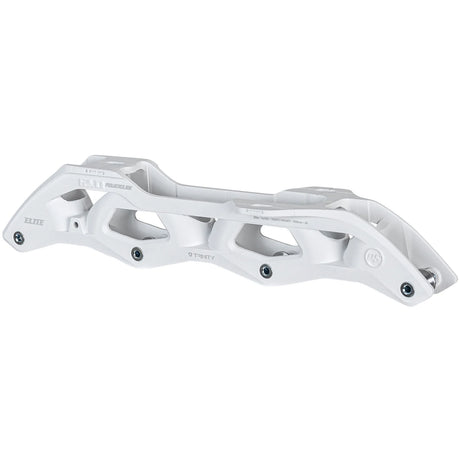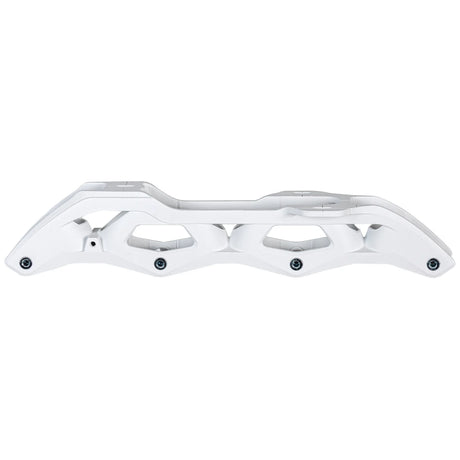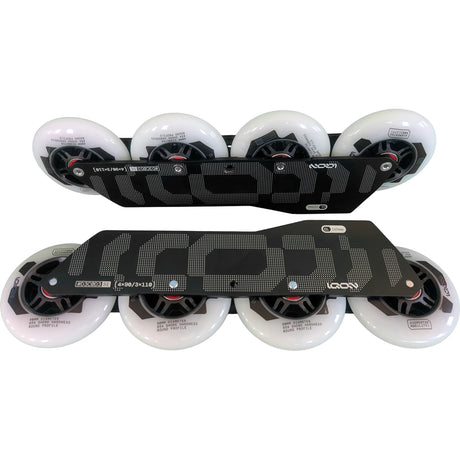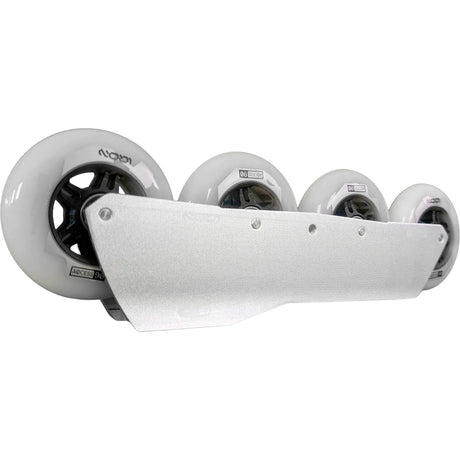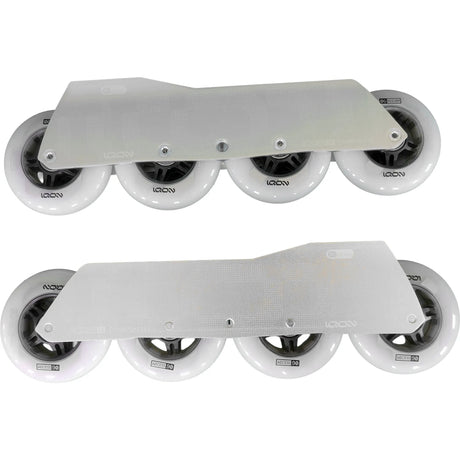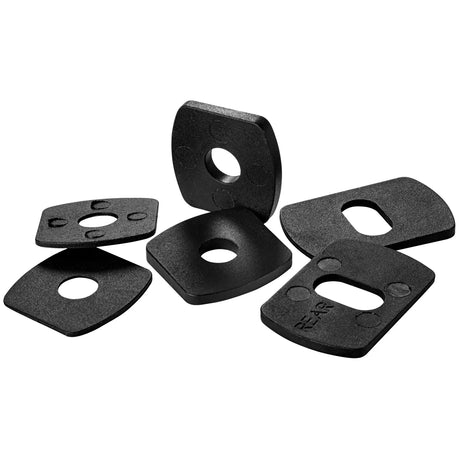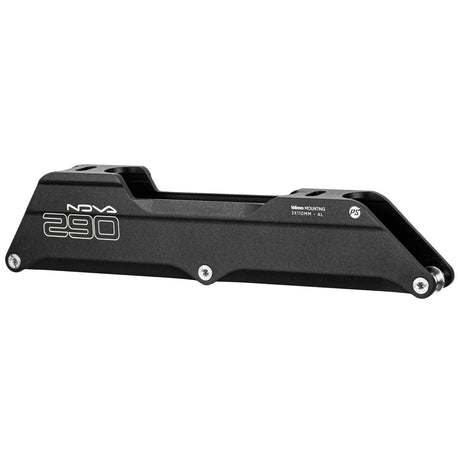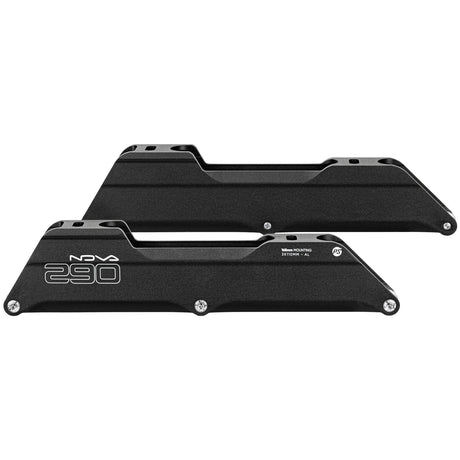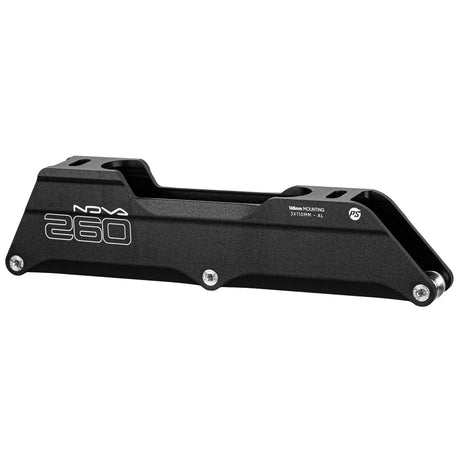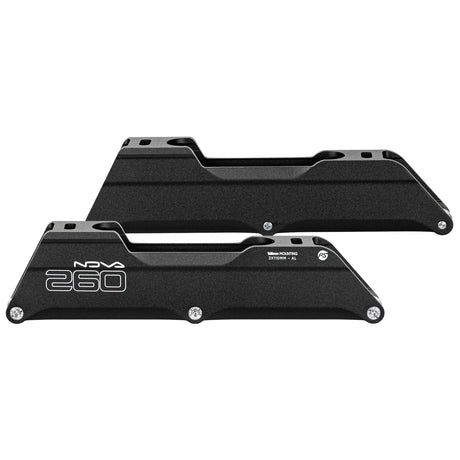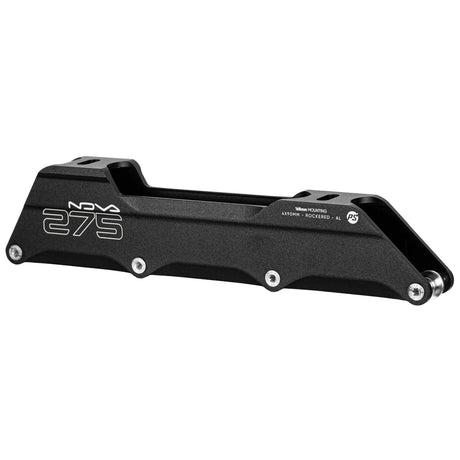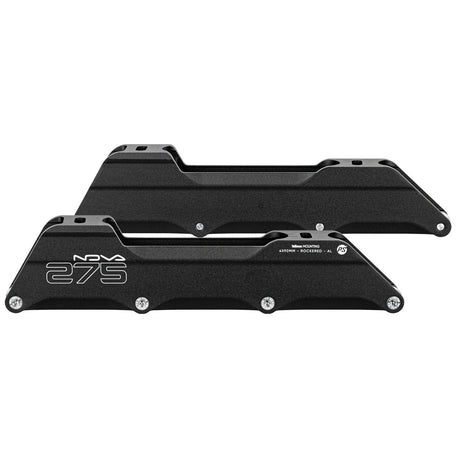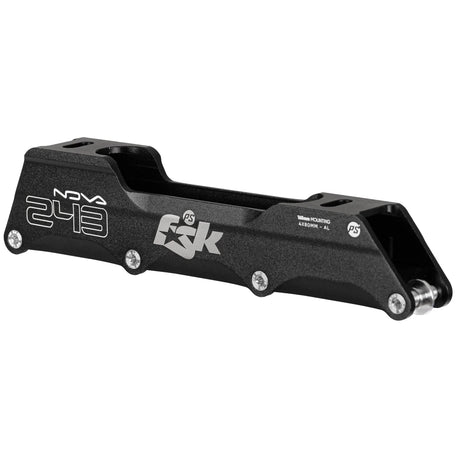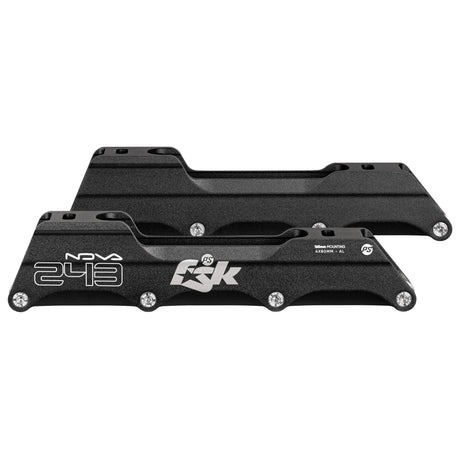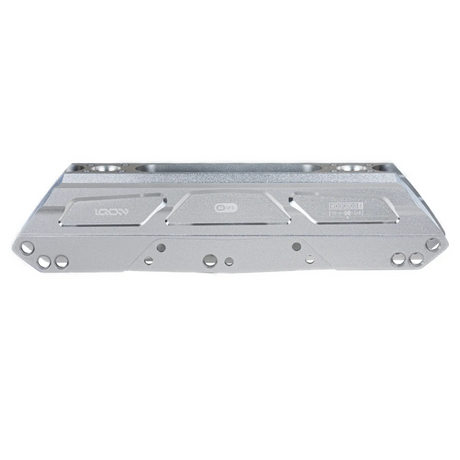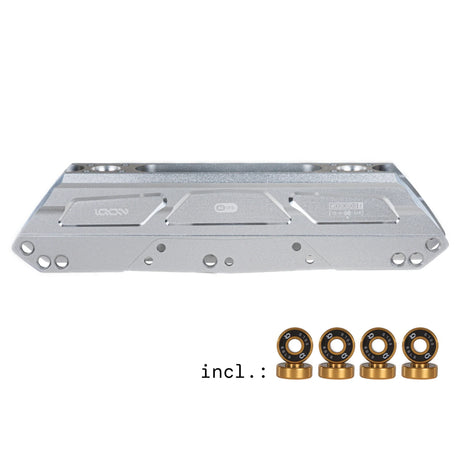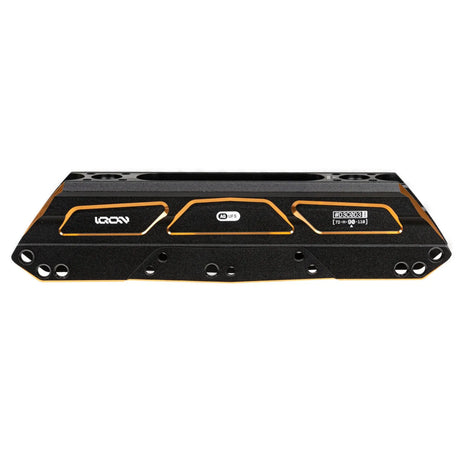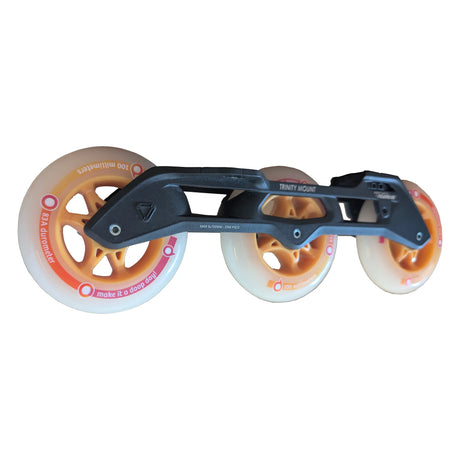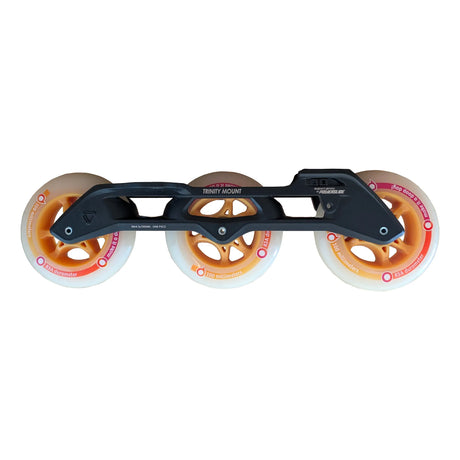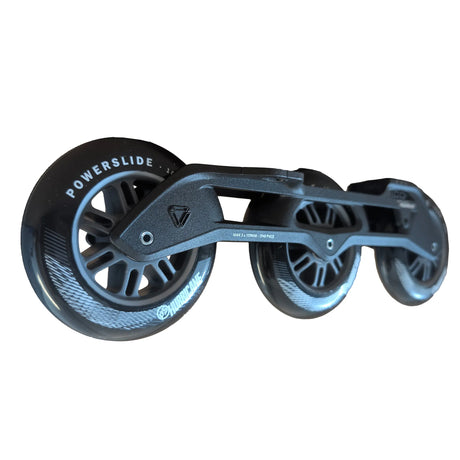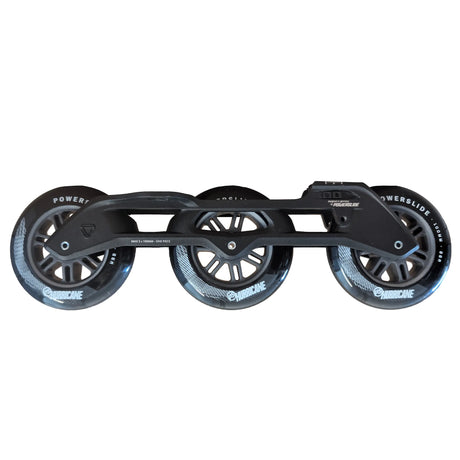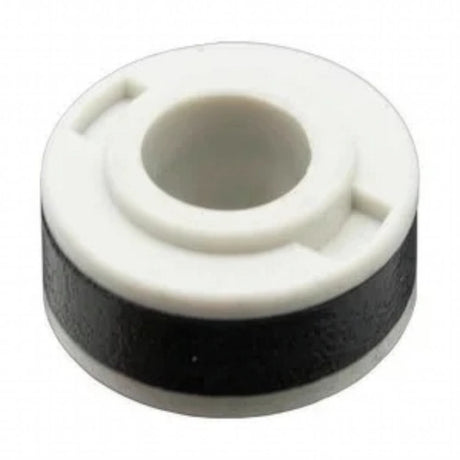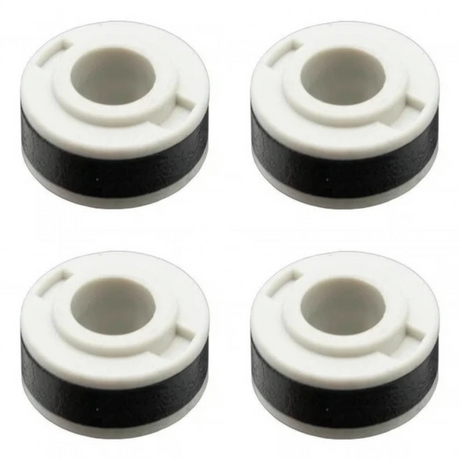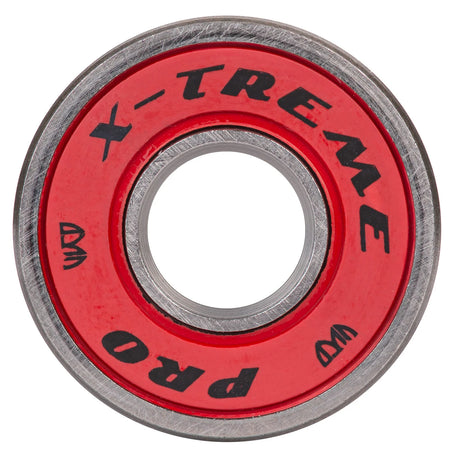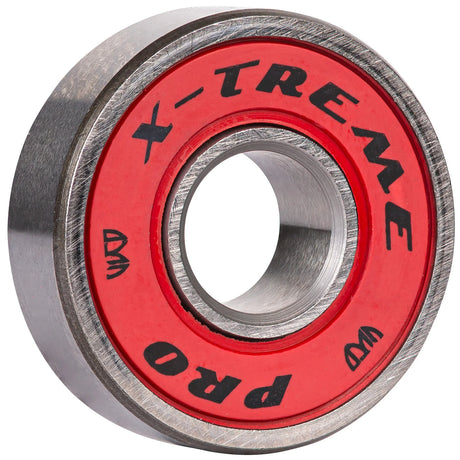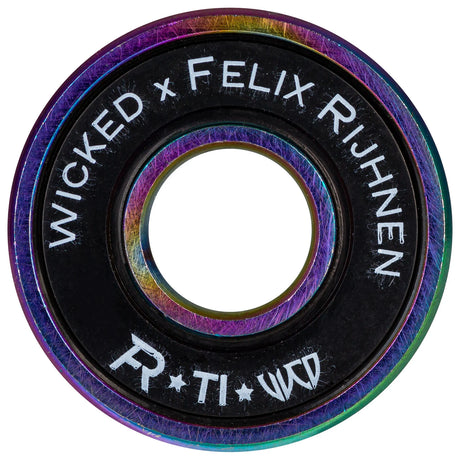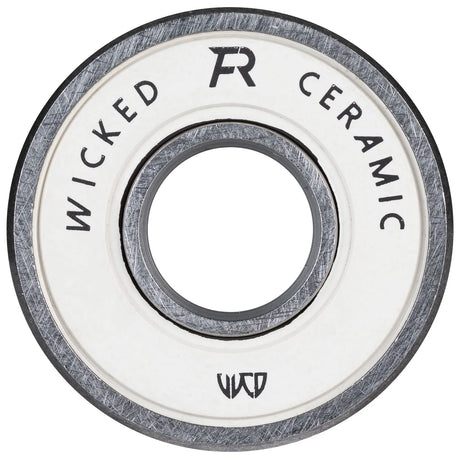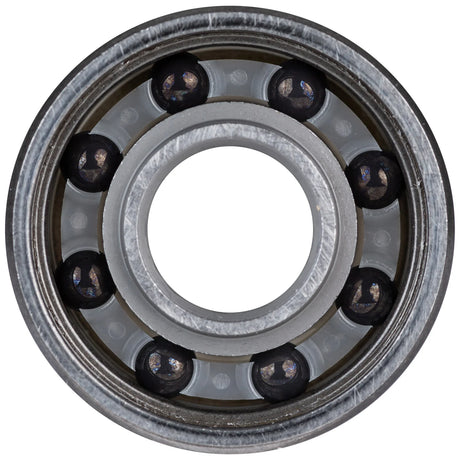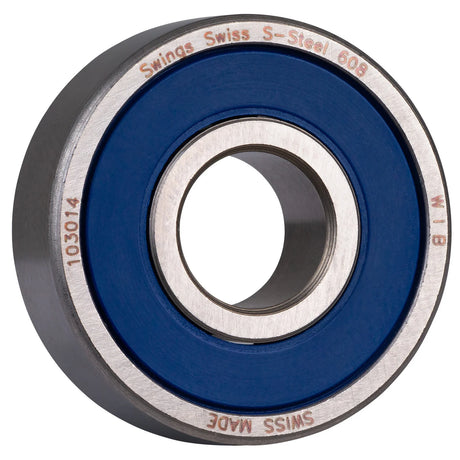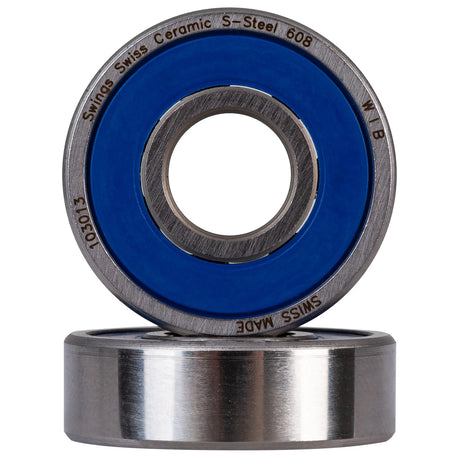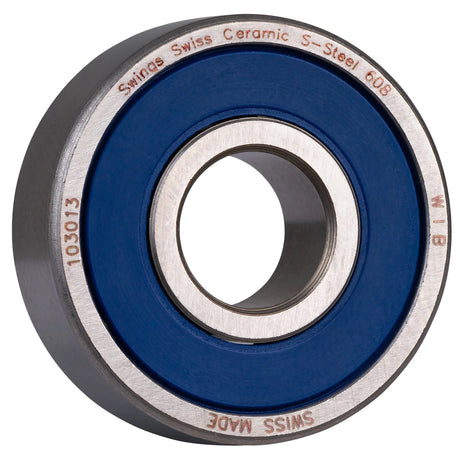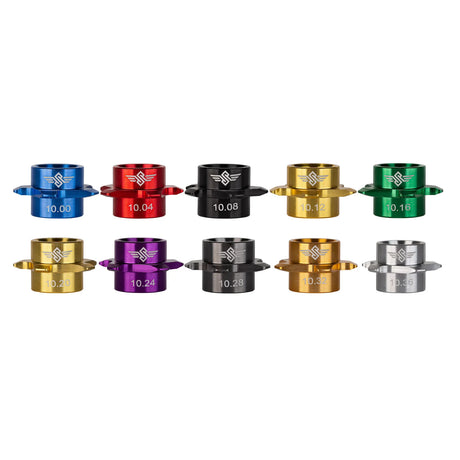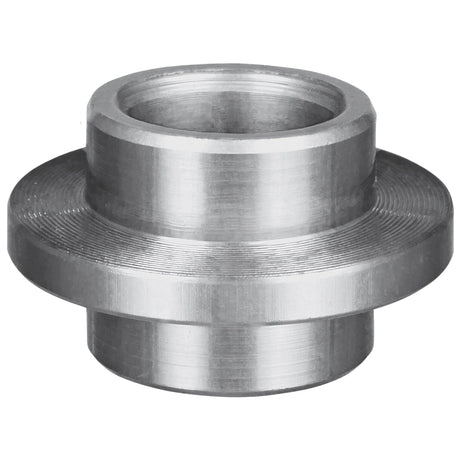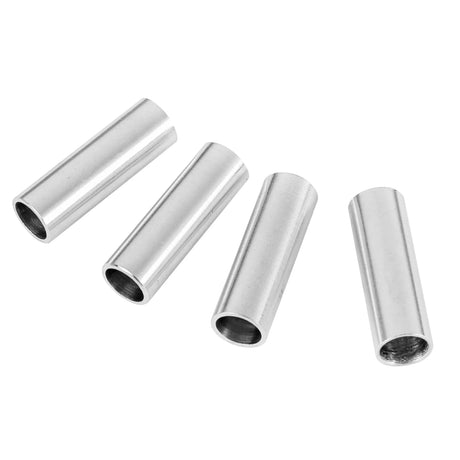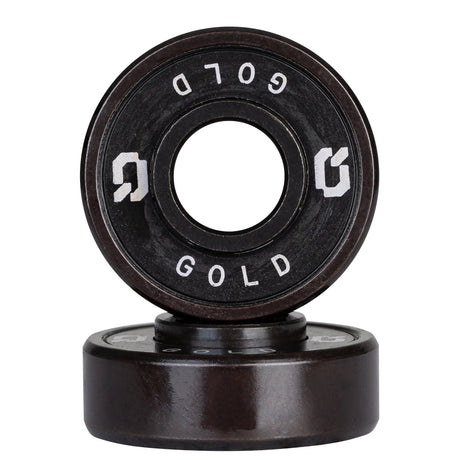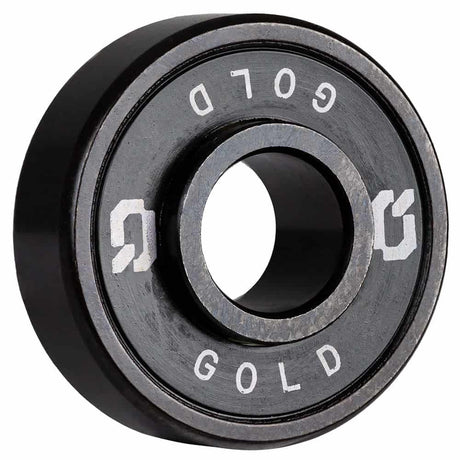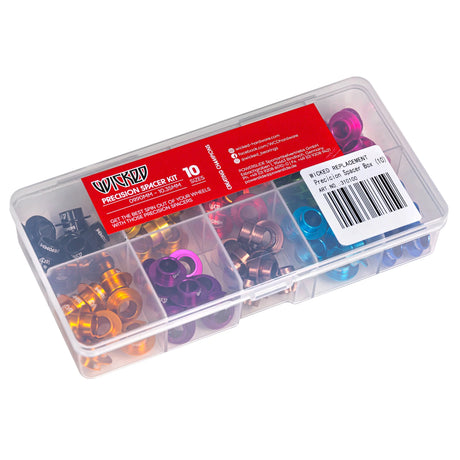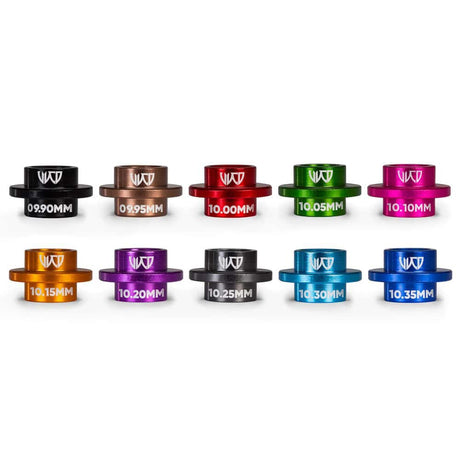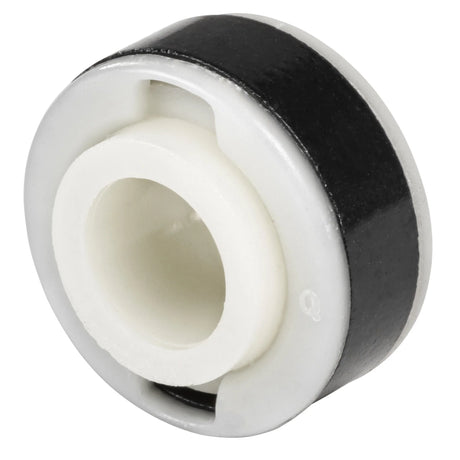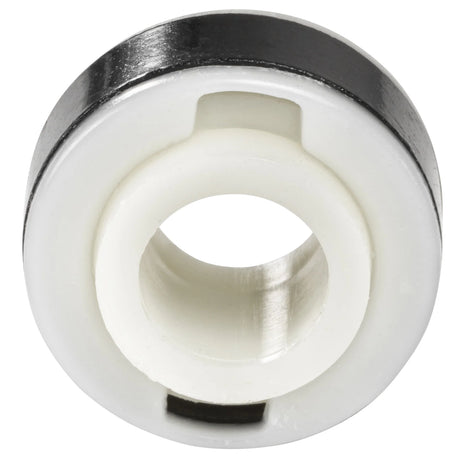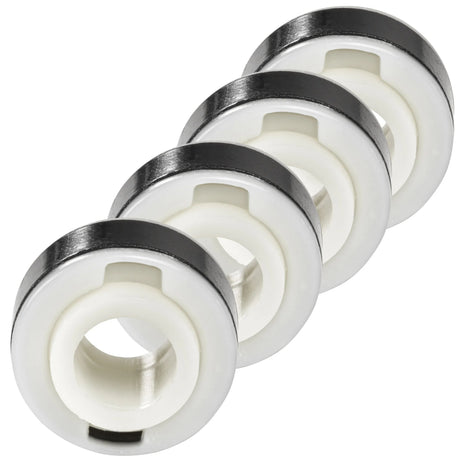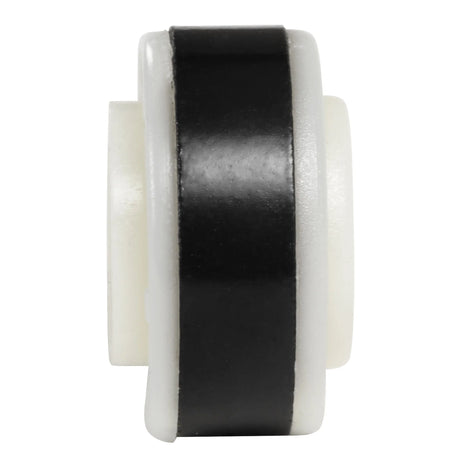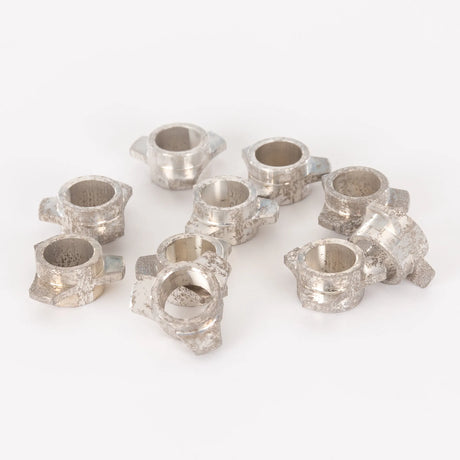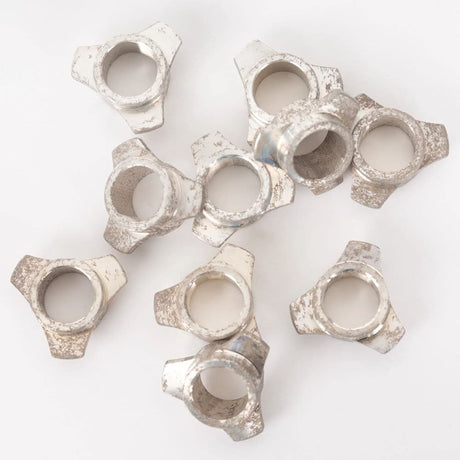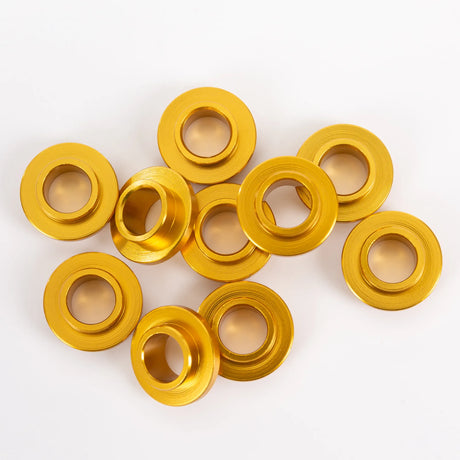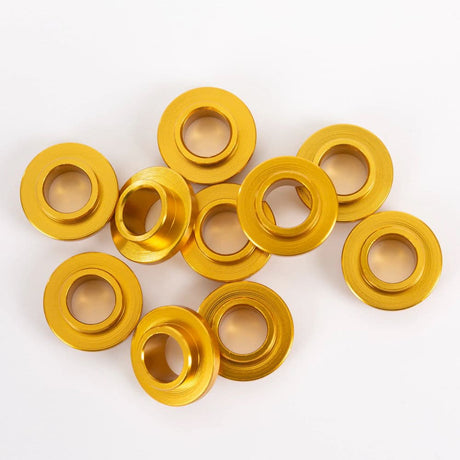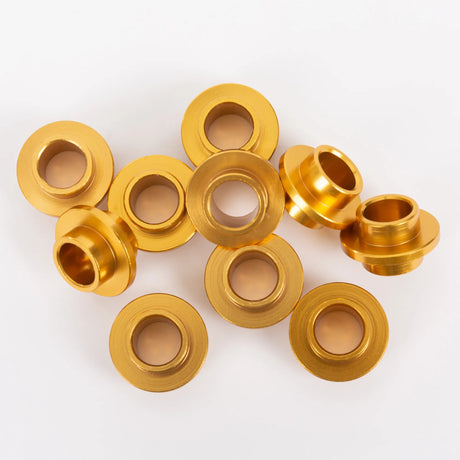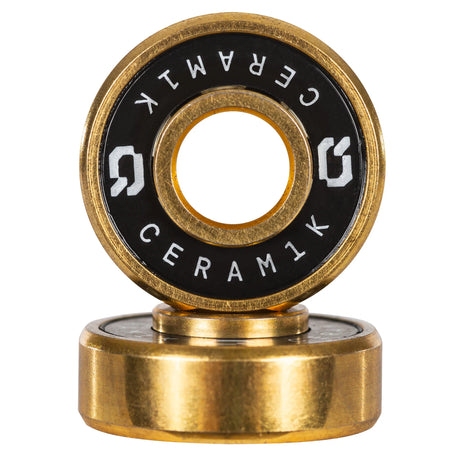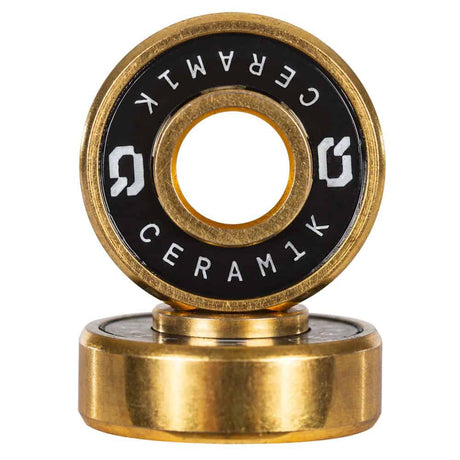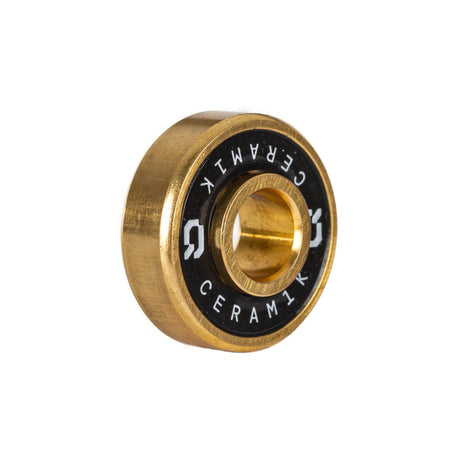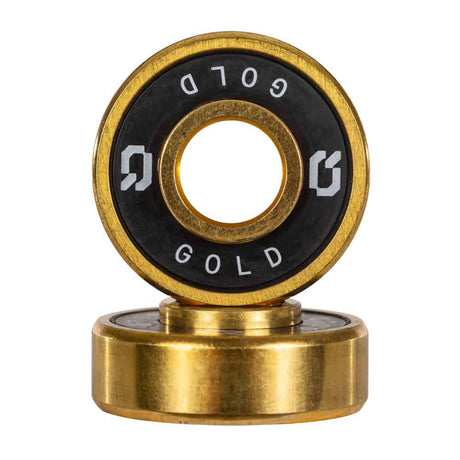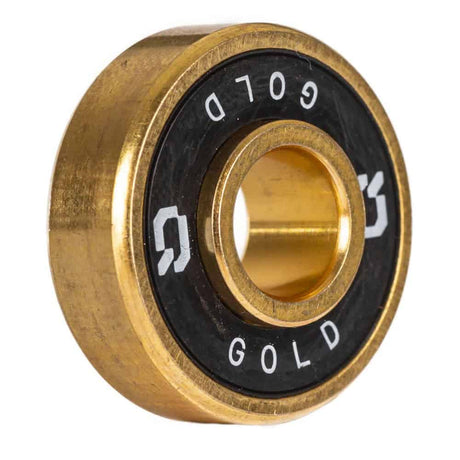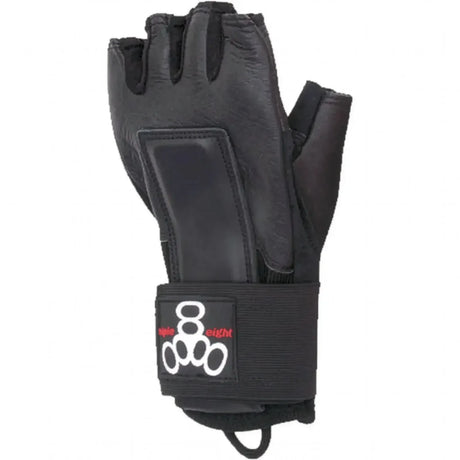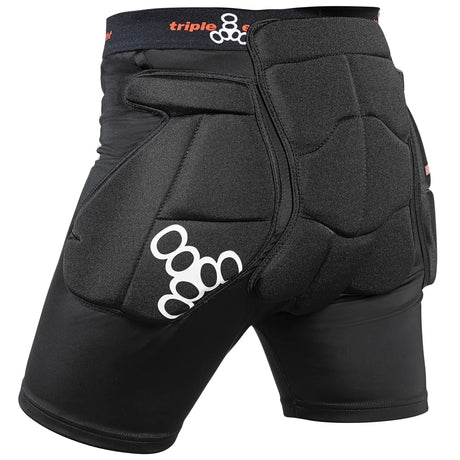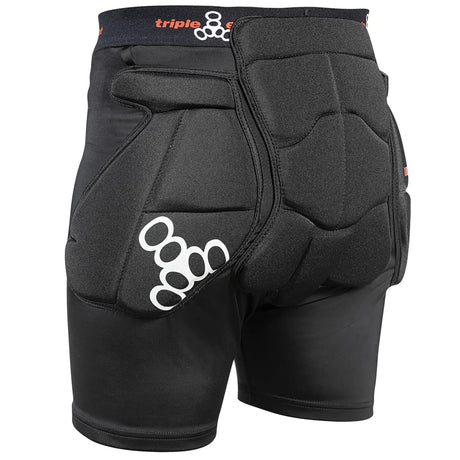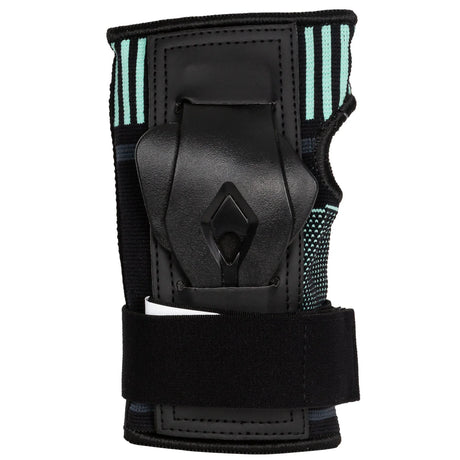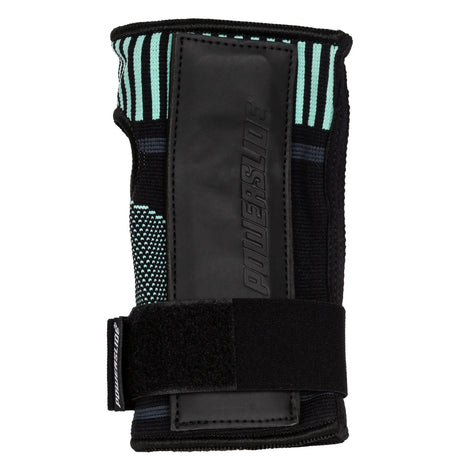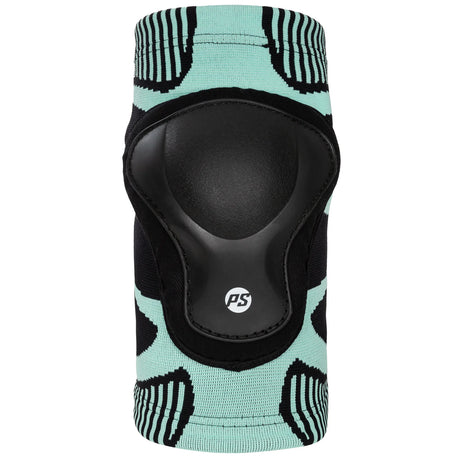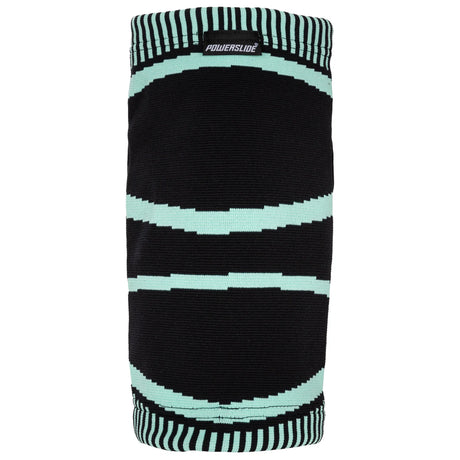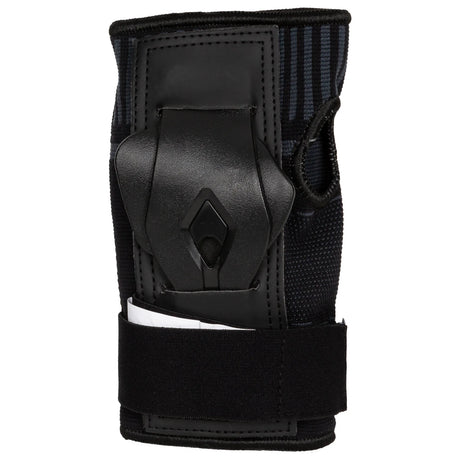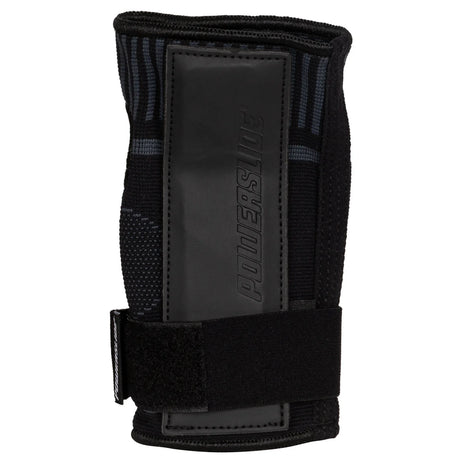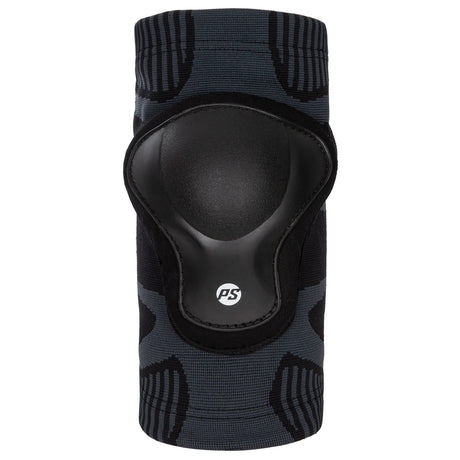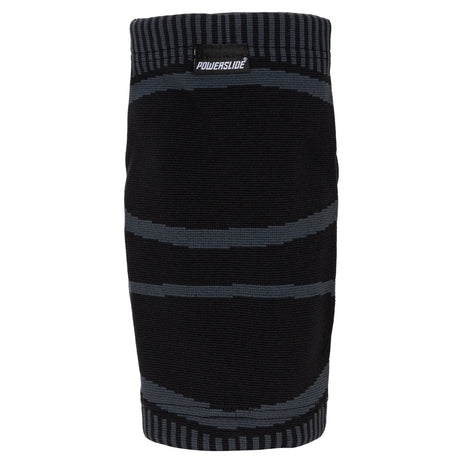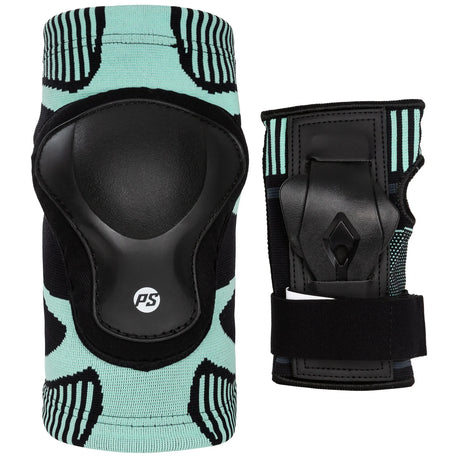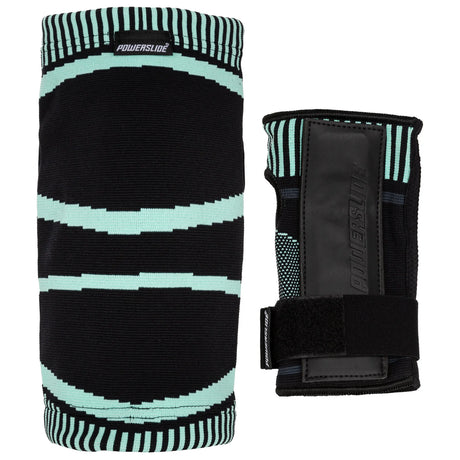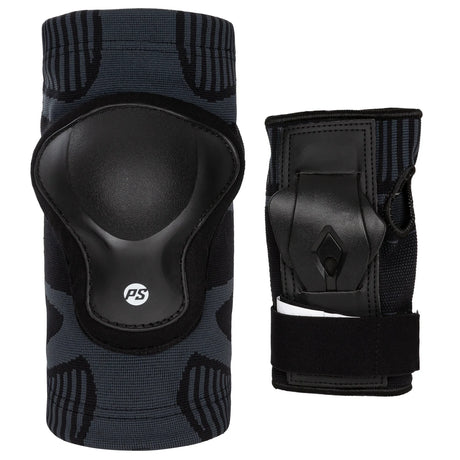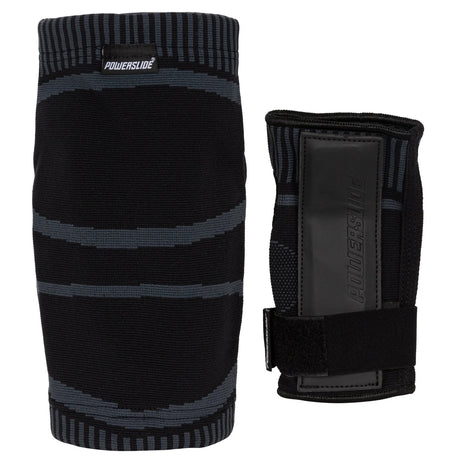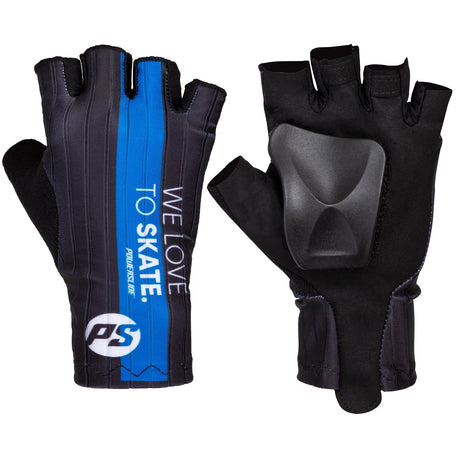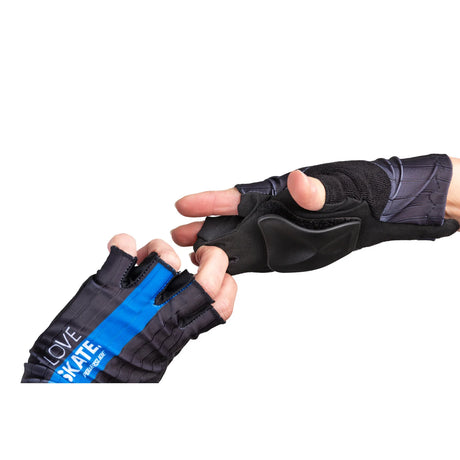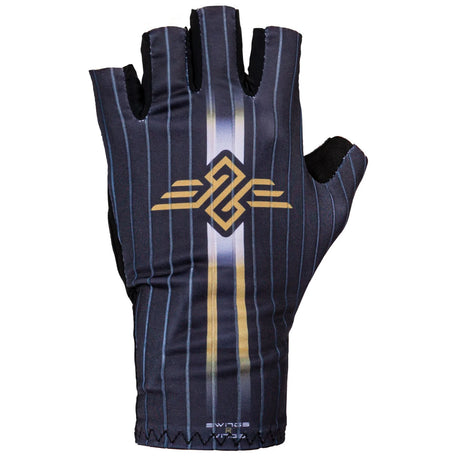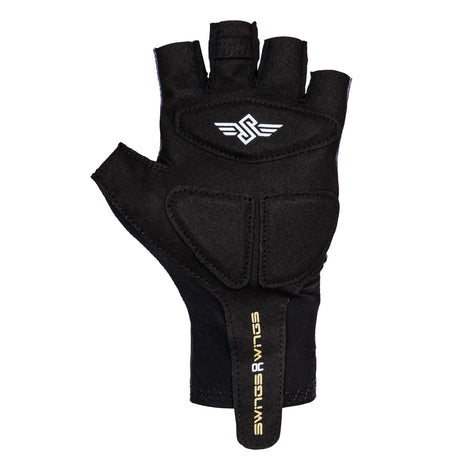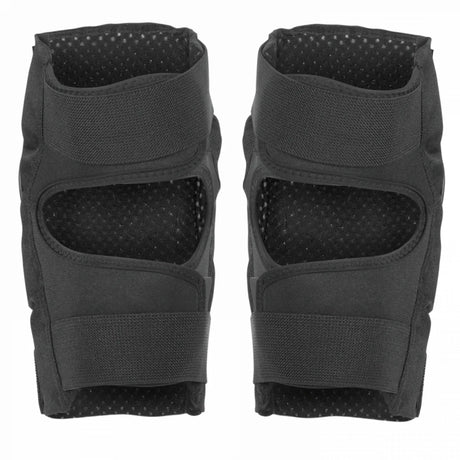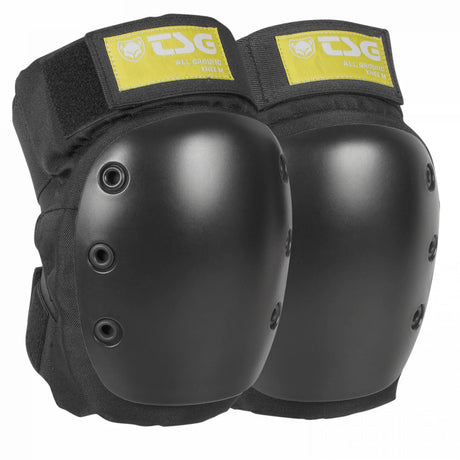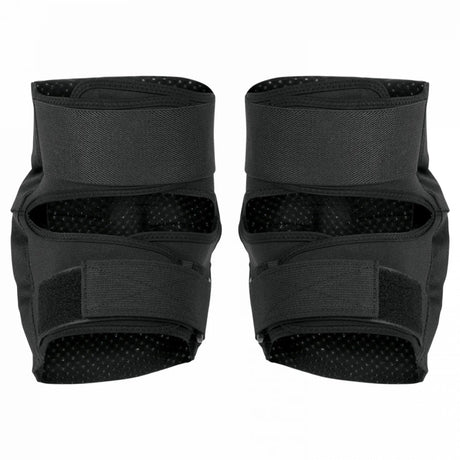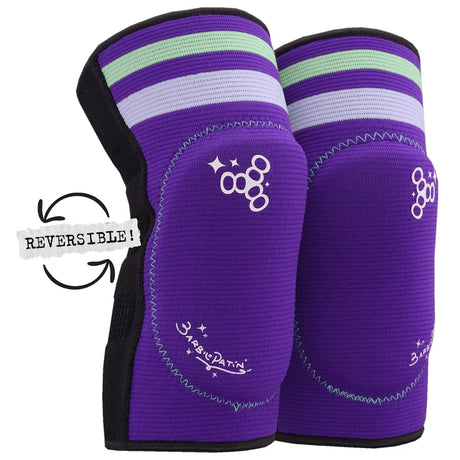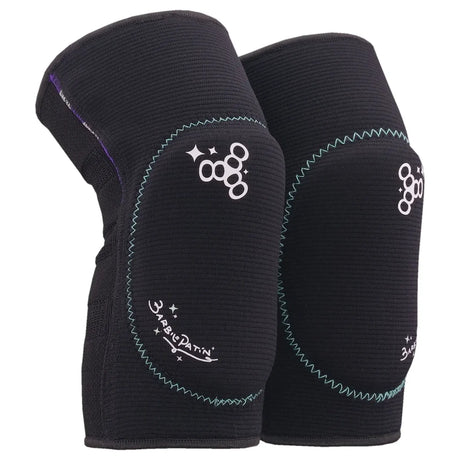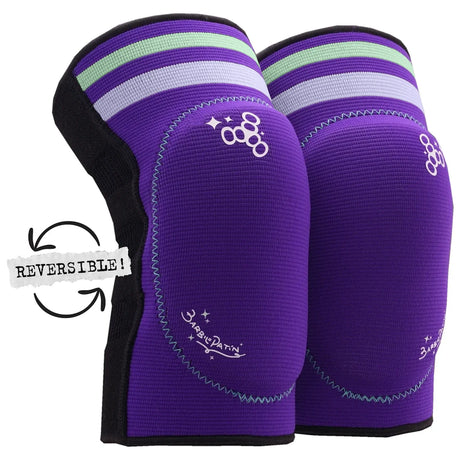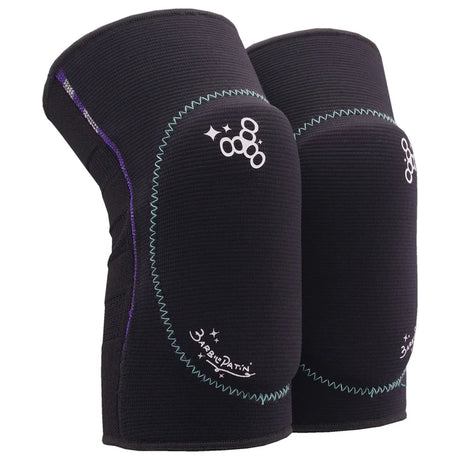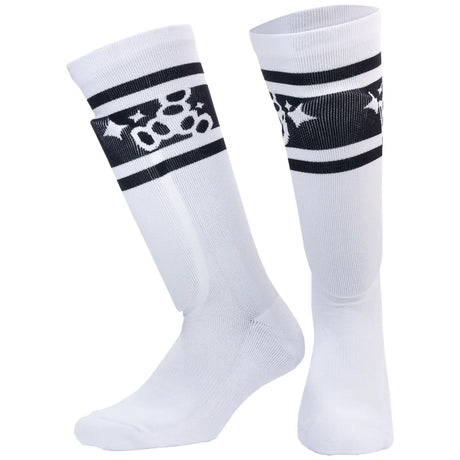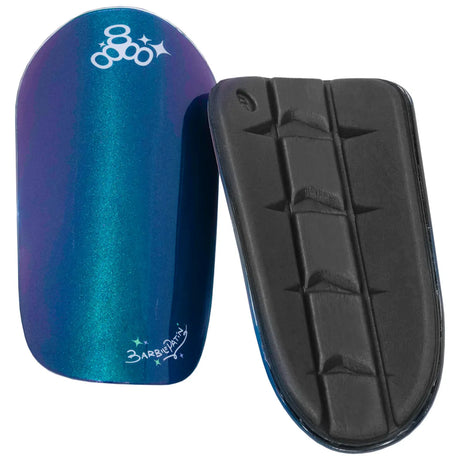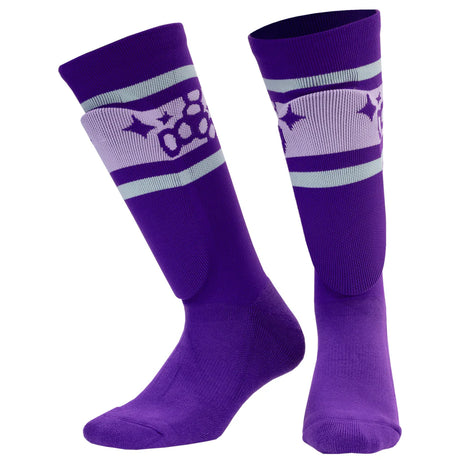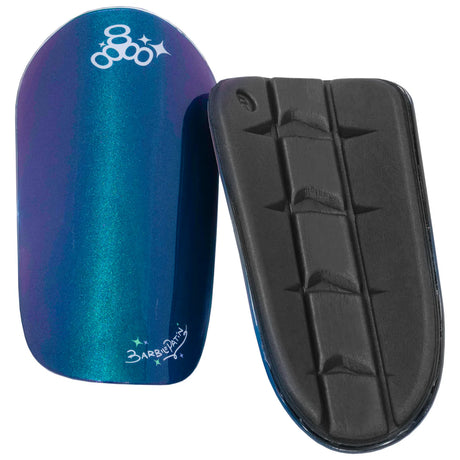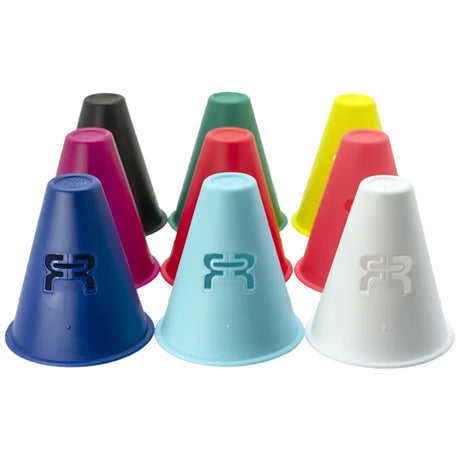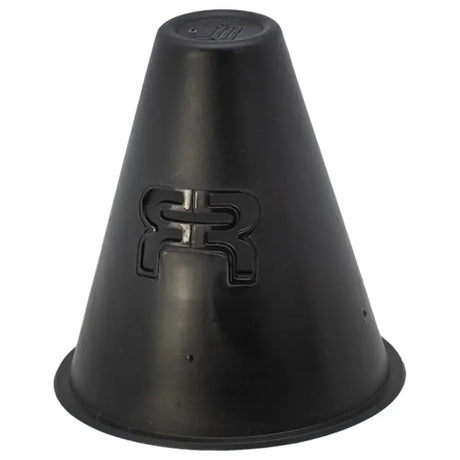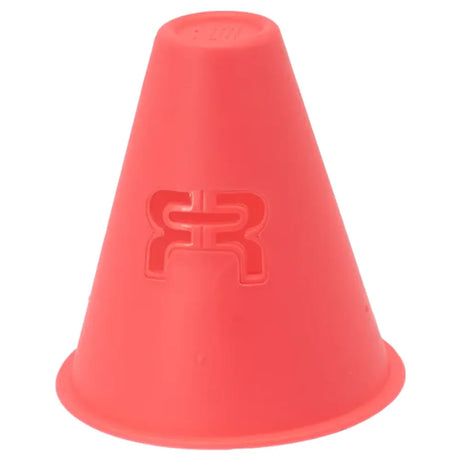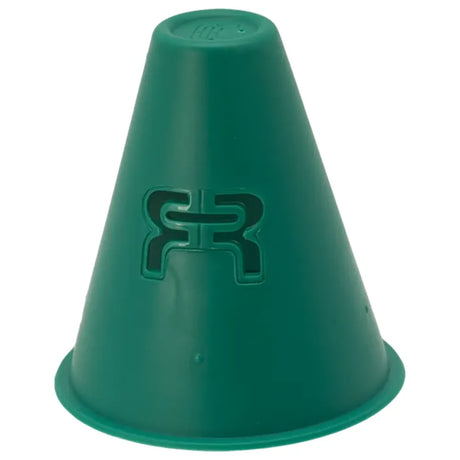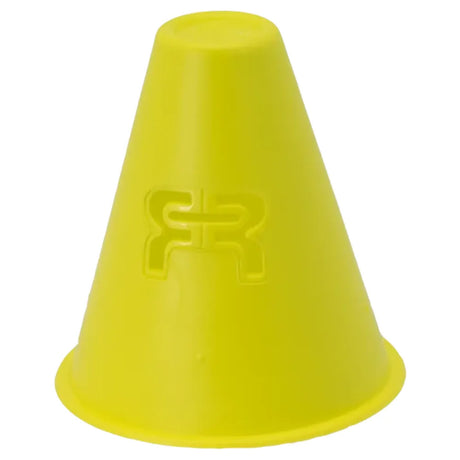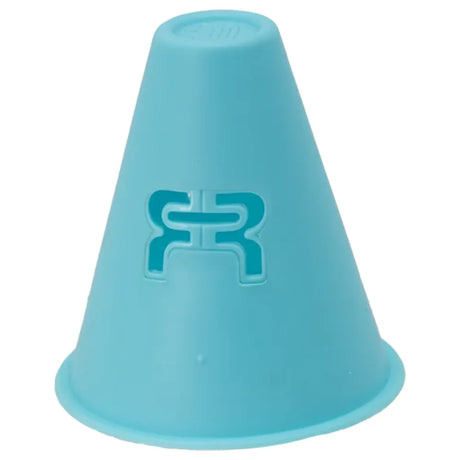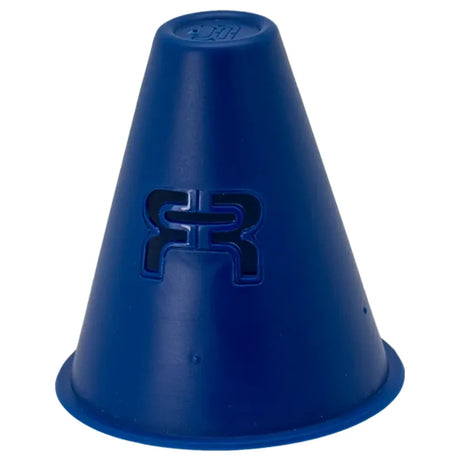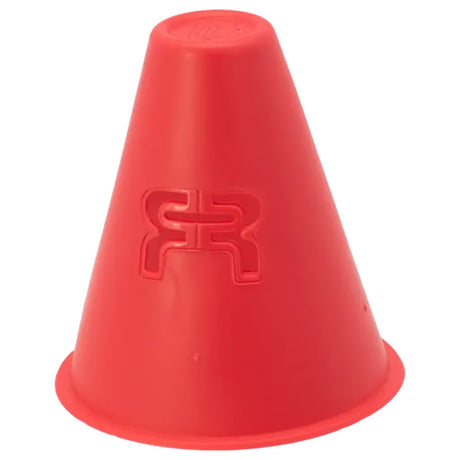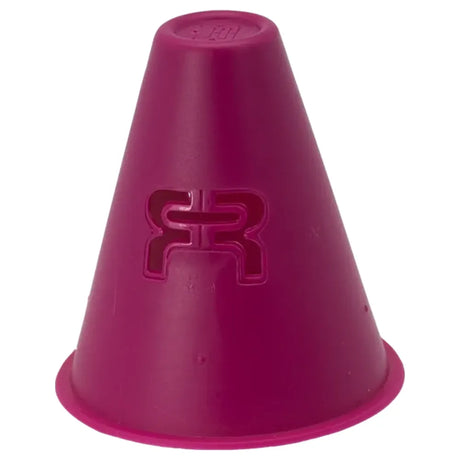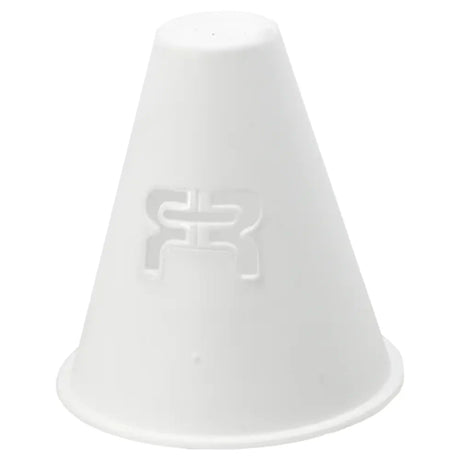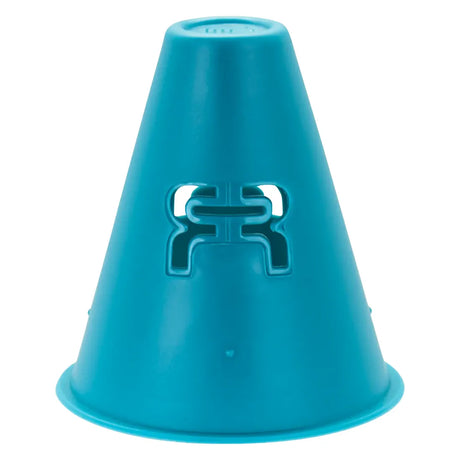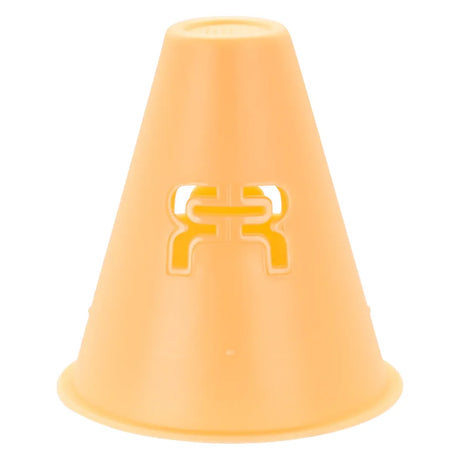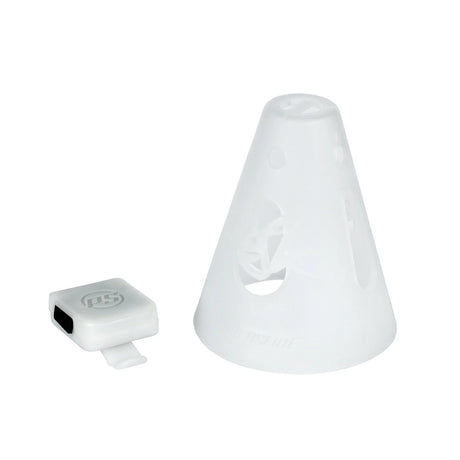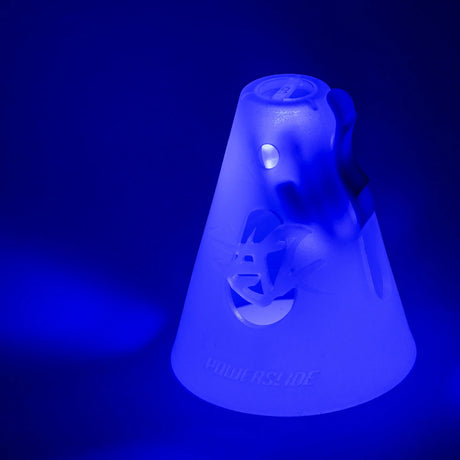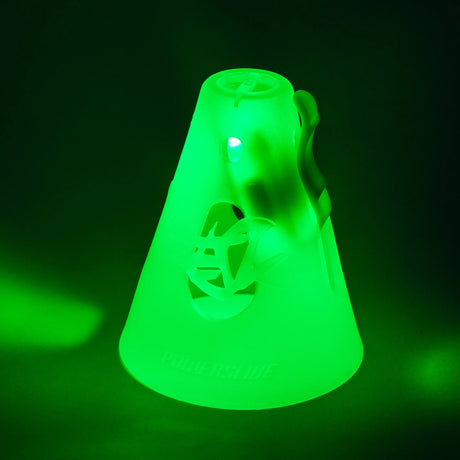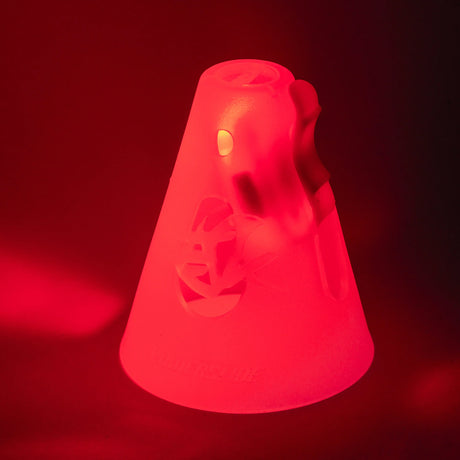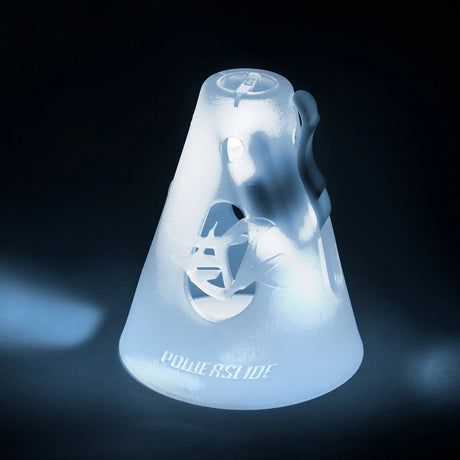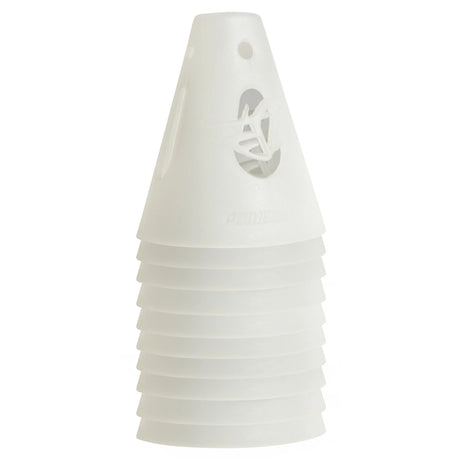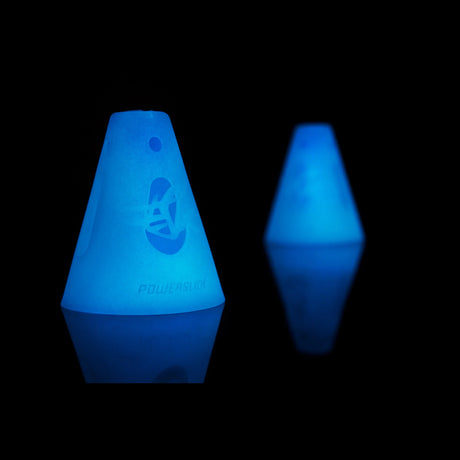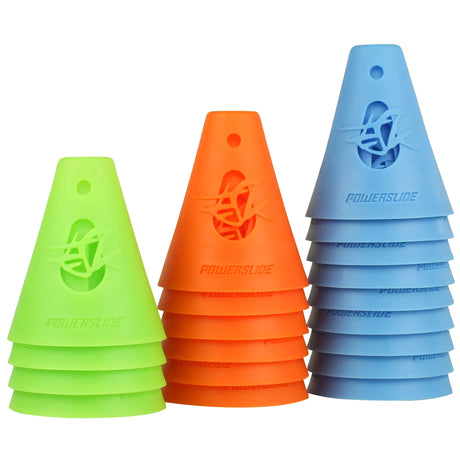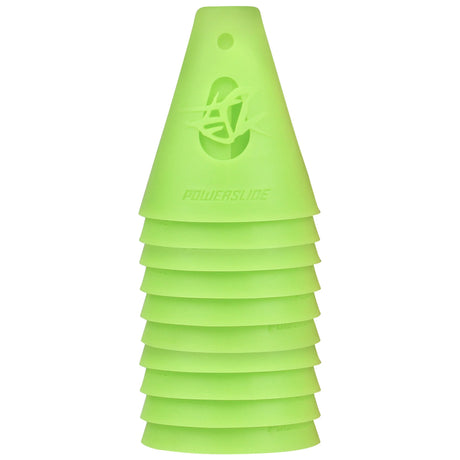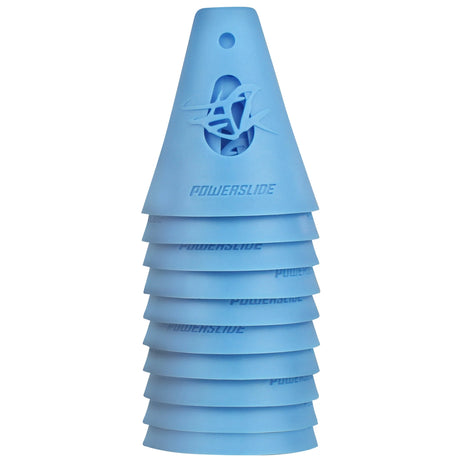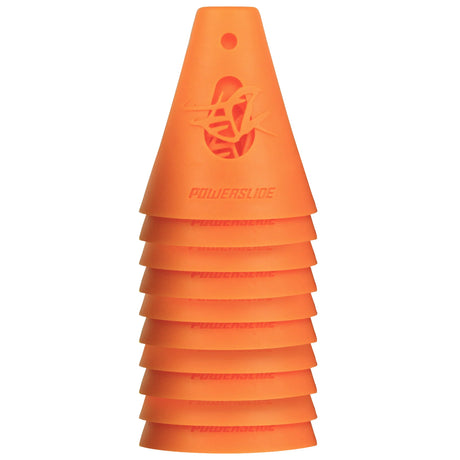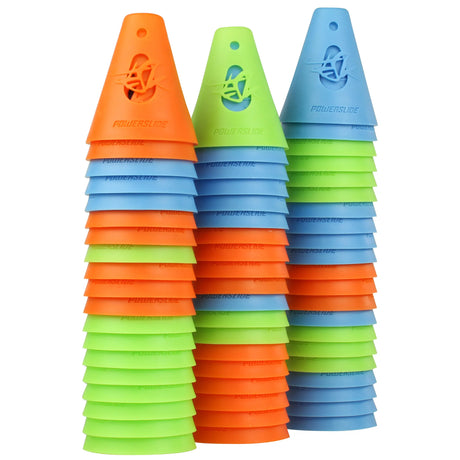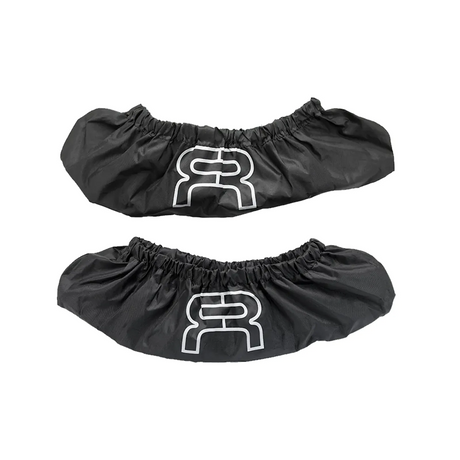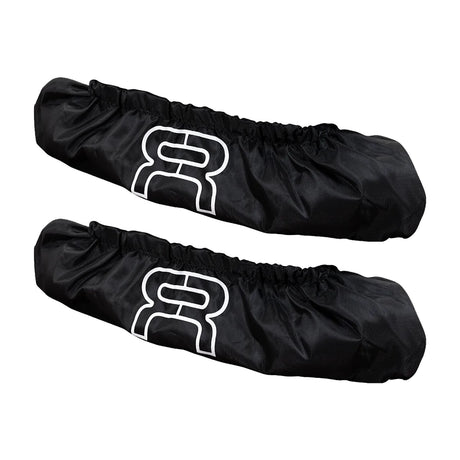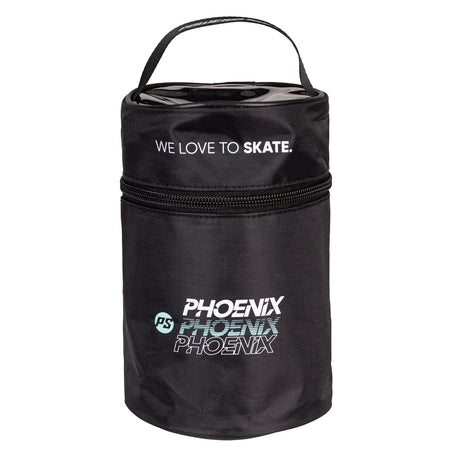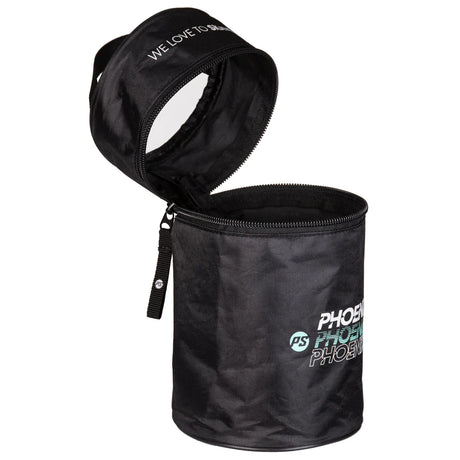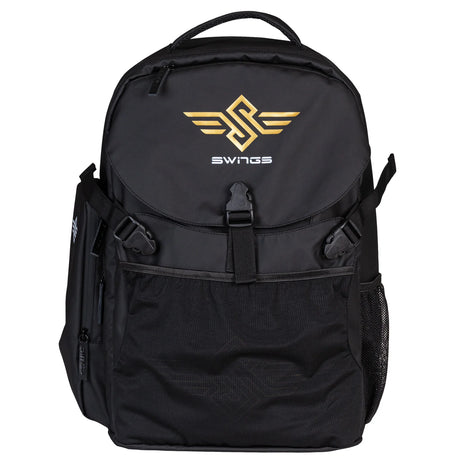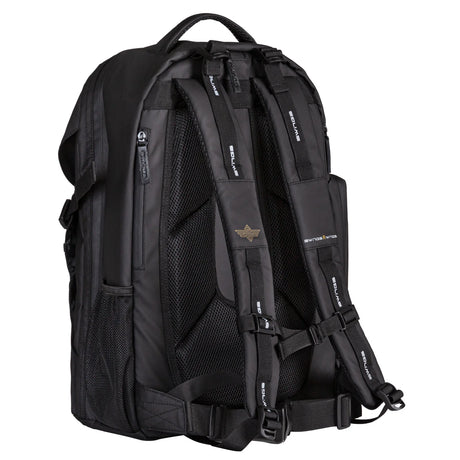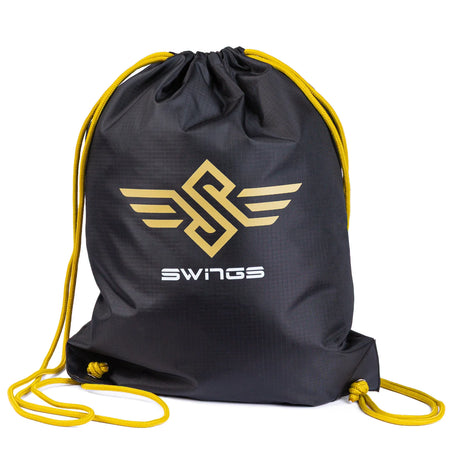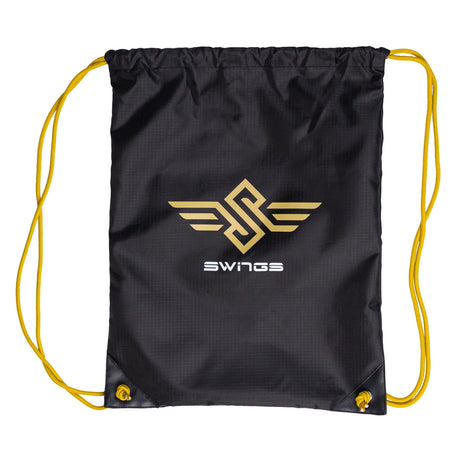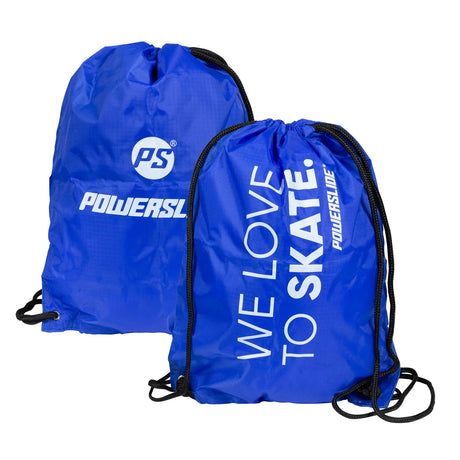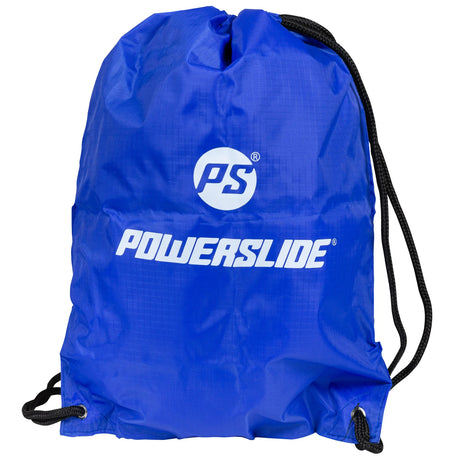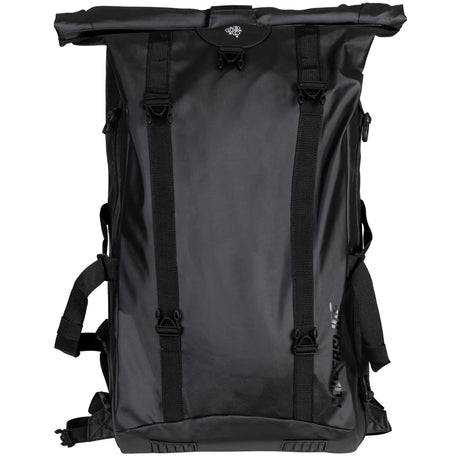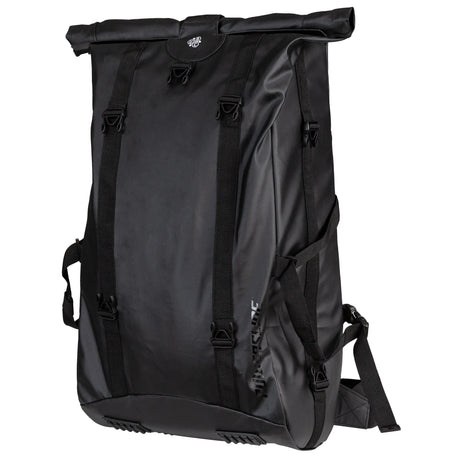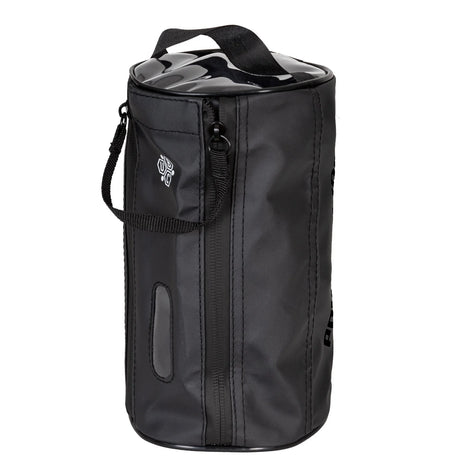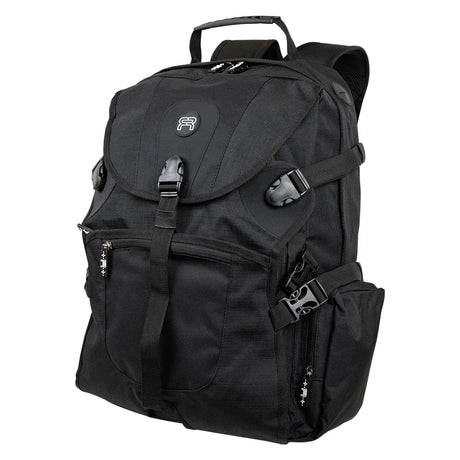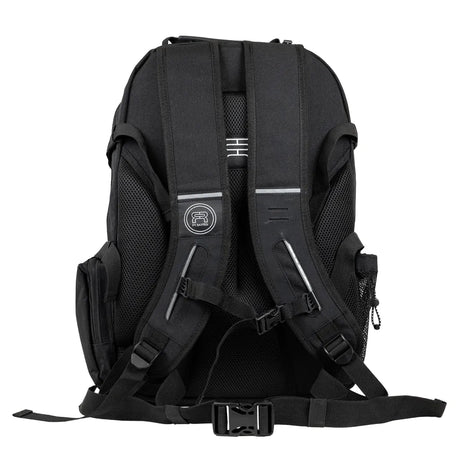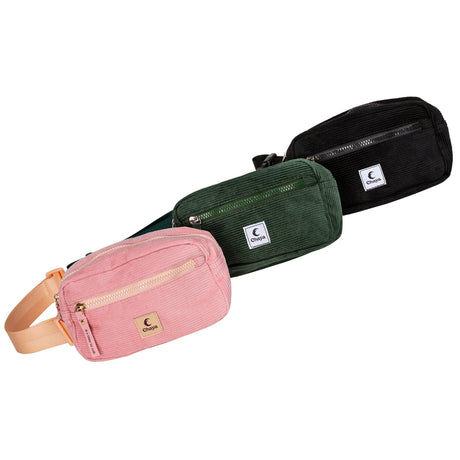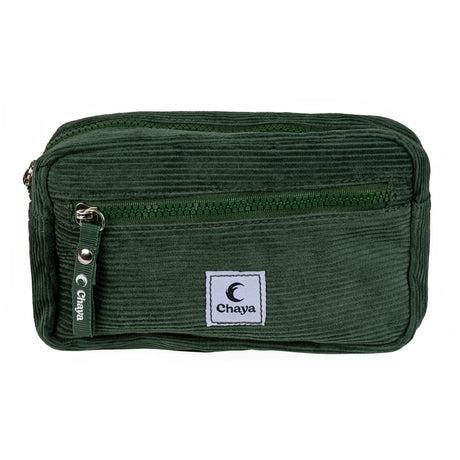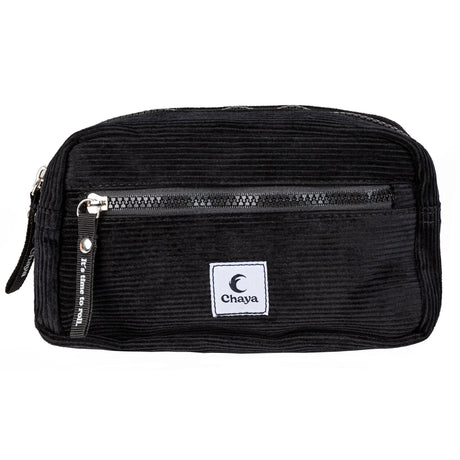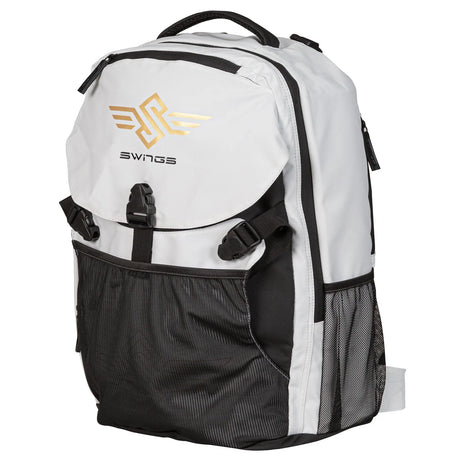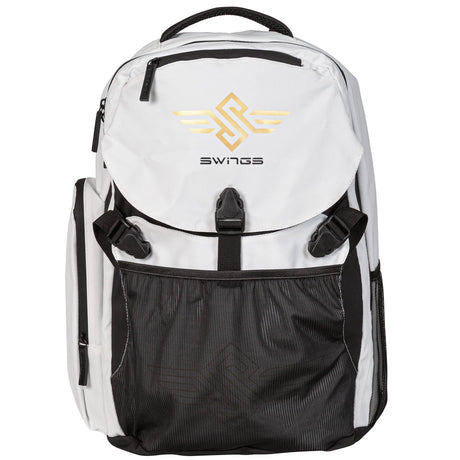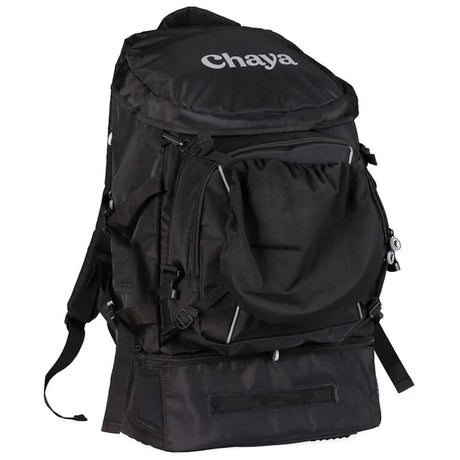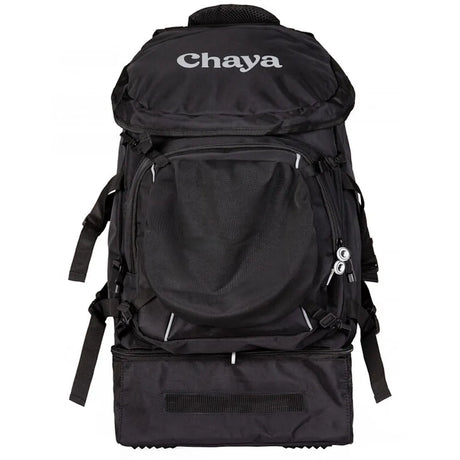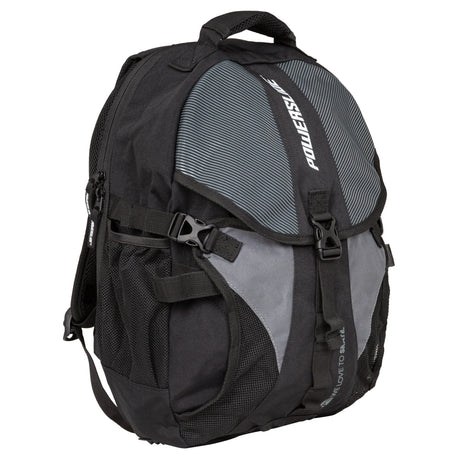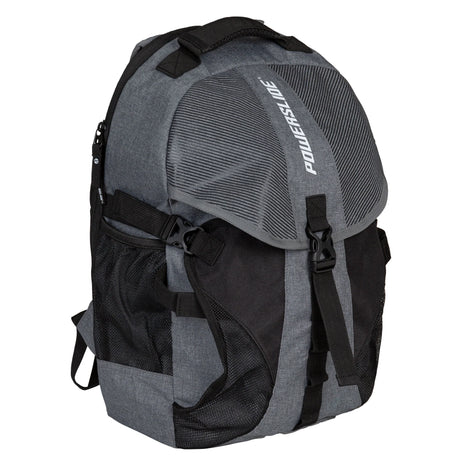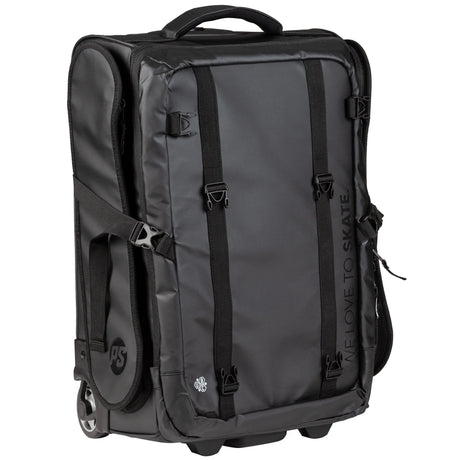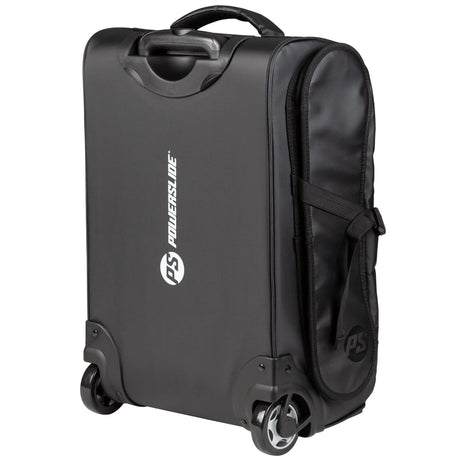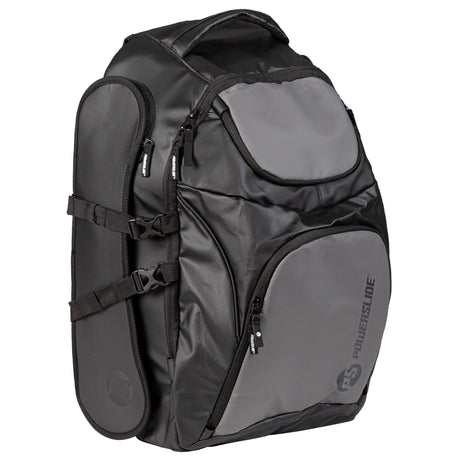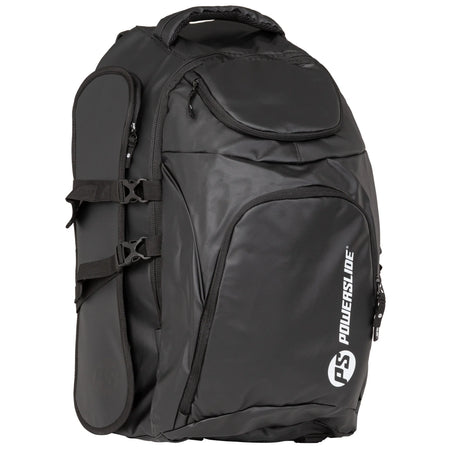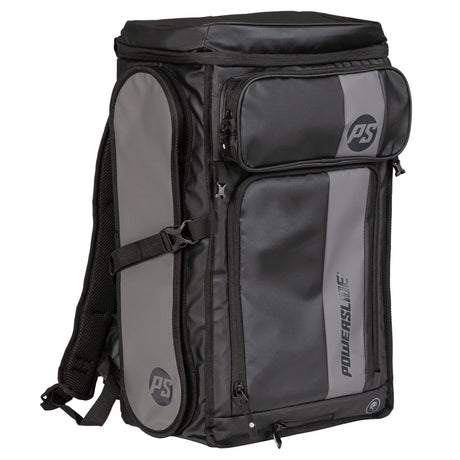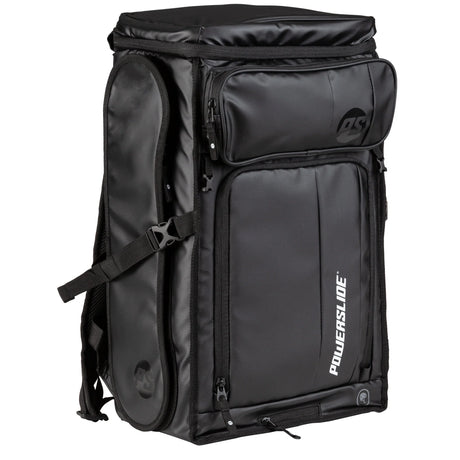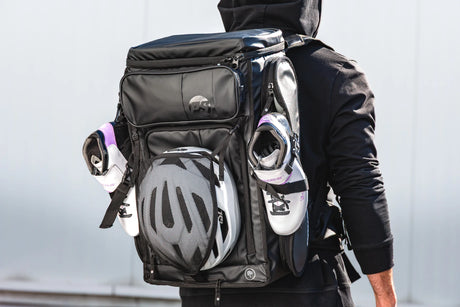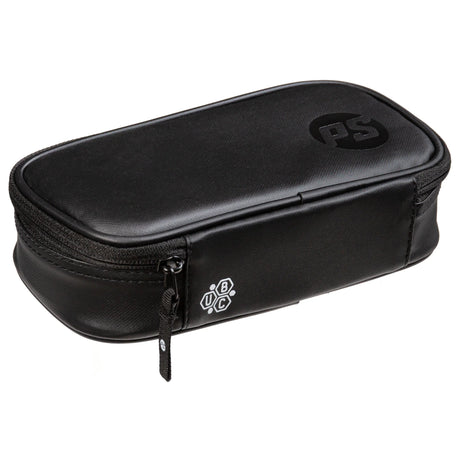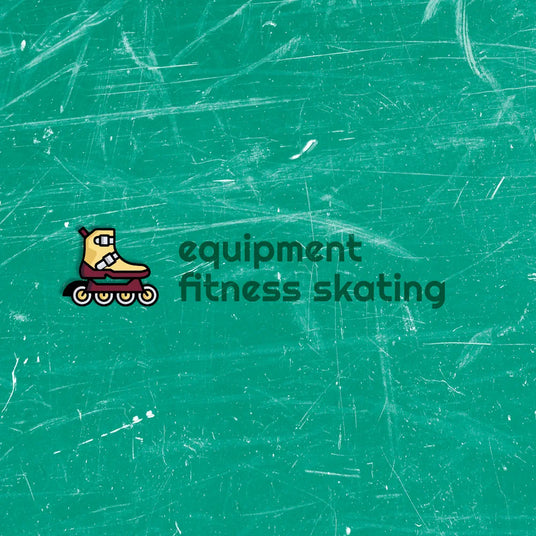
General, Recreational and Fitness Inline Skating Buyer's Guide
The right equipment
Whether you're leisurely rolling through the park during your free time or fitness inline skating, or working up a sweat during your daily workout: the right equipment is key to safety, comfort, and long-term skating enjoyment.
When it comes to recreational and fitness inline skating, it’s all about the right balance of stability, comfort, and freedom of movement.
In this blog, we’ll show you:
- what to look out for when buying your inline skates
- what all the technical terms really mean
- which equipment you actually need
- which products can give you real benefits for skating and training
- what is optional and “nice to have”
Overview
The right equipment for general, recreational and fitness inline skating
Table of contents
Through the following table of contents, you can easily navigate this blog to find the perfect gear for general, recreational, and fitness inline skating.
- What matters in recreational and fitness inline skates – these skates, frames, wheels, and bearings are right for you.
Key features and differences
View - Good and safe protective gear
Stay protected while maintaining mobility
View - Skate backpacks, lighting, and practical accessories
Backpacks, LED wheels, tools, and more
View
The important features – fitness and recreational inline skating
What matters in recreational and fitness inline skates – these skates, frames, wheels, and bearings are right for you.
When it comes to recreational and fitness inline skating, it’s all about the right balance of stability, skating comfort, and freedom of movement.
Unlike specialized disciplines such as freestyle slalom or aggressive skating, the focus here is on:
- Ergonomic comfort for longer distances
- Good cushioning and foot support for joint-friendly skating
- Reliable protection in case of unexpected falls
- All-round functionality for various surfaces and skating styles
Train safely and effectively – with the right inline skates for recreation & fitness
To make sure your skating journey is not only safe but also motivating and fun, we’ll show you which equipment features to look for and what pros and cons there are between different skates, wheel sizes, and more.
Softboot or hardboot inline skates – which is better?
The first question you should ask yourself when buying recreational or fitness inline skates is whether you want softboot or hardboot skates. To help you make the right choice, we’ll explain the key differences and features of each type.
Let’s start with the pros and cons of softboot and hardboot skates:
Softboot inline skates – advantages:
- High wearing comfort → soft padding and more breathable
- Lightweight → less tiring on long distances
- Flexible cuff → comfortable skating feel, especially for recreational skaters
Softboot inline skates – disadvantages:
- Less support and stability → requires well-trained foot and leg muscles, especially at higher speeds or for tricks
- Less power transfer → not suitable for tricks or precise movements
- Can wear out or become loose more quickly with intensive use
Hardboot inline skates – advantages:
- Excellent support and stability → ideal for beginners, people with pronation/supination (X-legs or O-legs), great for tricks, high speeds, and demanding skating
- High power transfer → responsive and precise skating
- Durability → robust materials, low wear
- Often modular → parts (shell, liner, frame, wheels, etc.) can be replaced
Hardboot inline skates – disadvantages:
- Less comfort → harder fit, less flexibility (though most have well-padded liners)
- Heavier → more tiring on long distances (20 km +)
- Less ventilation → feet can get very sweaty on long rides or in hot weather
SkaMiDan recommendations:
Softboot inline skates are a good choice if:
- You are not a beginner or already have at least moderately trained foot and leg muscles and want to skate regularly (at least once a week)
- You exercise regularly and have decent core strength
- You don’t have X-legs or O-legs
- You are not more than slightly overweight
- You want to skate longer distances or tours (10 km or more)
- You want a very comfortable skate or lots of freedom of movement for your feet
- You’re looking for a comfortable alternative to jogging or running training
Note: Softboot skates are popular among beginners and casual skaters, but we do not necessarily recommend them for beginners. Beginners often lack the foot and leg strength to stand stably in softboot skates, making it harder to learn inline skating.
If you choose softboot skates as a beginner, make sure they fit well and offer good support. A slightly snug fit is important at first to avoid the skates becoming too loose after a few sessions. However, they shouldn’t be too short – a slight brushing of the toes is normal and desired. In proper skating position (knees bent forward over the toes), there should be a small gap at the front.
Hardboot inline skates are a good choice if:
- You are a beginner looking for a skate that offers good support for learning and practicing
- You want to be able to easily replace, adjust, or upgrade parts of your skates
- You want to practice tricks, spins, or skating backwards
- You want to skate on pump tracks or do intensive fitness training
- You skate with heavy backpacks or in crowded places where extra stability is important
- You tend to roll your ankles inward or outward in your current skates
Hardboot skates offer stable and secure support without needing to rely on your foot muscles for stability. This makes it easier to focus on movement, technique, and braking.
Wheel size and hardness – 3 or 4 wheels?
Next, you should consider what wheel size is best for your new inline skates.
Before we list the pros and cons of different wheel sizes, here’s our basic recommendation:
Smaller wheels give you a lower center of gravity, making you more stable and safer on skates. On narrow or crowded paths, smaller wheels give you better agility and quicker reactions to obstacles. The smaller the wheels, the slower the top speed, but they are safer and easier for beginners to learn on.
For beginners or less experienced skaters:
- 80 mm to 90 mm wheels (for softboot or hardboot skates)
- 100 mm wheels are also fine if using a hardboot skate
For experienced skaters or those with ambitious goals or longer distances:
- 4x80 mm up to max 3x125 mm wheels
Be realistic about your skills – if unsure, feel free to ask us for personal advice!
Smaller wheels – pros and cons (approx. 72–90 mm)
Pros:
- Lighter and more agile → ideal for short tours and city skating
- Faster acceleration and braking
- More control (lower center of gravity) → good for beginners
- Often cheaper
- Great for varied routes with curves, obstacles, or lots of start-stop situations
Cons:
- Lower top speed
- Less smooth at higher speeds
- More noticeable on rough asphalt – doesn’t absorb bumps as well
- More tiring on longer rides (requires more frequent acceleration)
Larger wheels – pros and cons (approx. 90–125 mm)
Pros:
- Higher top speed → ideal for fitness sessions and long tours
- Smoother over rough surfaces → more comfortable ride
- Lower rolling resistance → more efficient for long distances
- Less tiring for legs and feet at steady speeds
- Better shock absorption on rough asphalt
- Larger wheels retain momentum better, requiring fewer pushes
Cons:
- Slower to accelerate and brake
- Less agile → not ideal for tight curves or quick direction changes
- Higher center of gravity → can feel more unstable for beginners
- Skates and wheels tend to be more expensive
3 or 4 wheels?
The shorter the frame (wheelbase), the more agile and responsive the skates. The longer the frame, the more stable the ride and the less likely you are to tip forward or backward.
For example:
A 4x80 mm frame typically has a wheelbase of about 243 mm. If you switch to larger 90 mm wheels, the frame must be longer to fit them.
But with 3x110 mm wheels, the frame can still be around 243 mm, offering the agility of a 4x80 mm setup while taking advantage of larger wheels.
That’s why large-wheel skates often have 3-wheel setups.
Important: Agility depends more on frame length than wheel size.
A drawback of larger wheels is less ground contact, which reduces stability during slides, downhill skating, or fast cornering.
With 4 wheels, rolling resistance is higher compared to 3 wheels.
Our recommendation:
- 4x76 mm to 4x84 mm wheels → best all-round setups
- 4x90 mm to 3x110 mm wheels → great for high speeds, stability, and long distances
- 3x100 mm to 3x125 mm wheels → best mix of speed and agility (not recommended for beginners)
Soft or hard wheels? The A rating is key!
The higher the A rating, the harder the wheels. For comfortable outdoor fitness skating, a wheel hardness of 82A to 85A is ideal.
For higher speeds, braking without a heel brake (e.g. T-stops, slides), and a more direct feel, wheels with 85A to 88A are best.
Quick rule of thumb: Harder wheels →
- Faster
- More durable
- Better power transfer
- More precise feel
- More slippery (outdoors, up to 85A still offers enough grip)
- More vibration on rough surfaces
Softer wheels →
- More comfortable and smoother ride
- Better grip
- Less risk of catching small stones or sticks
Summary:
Softer wheels are better for beginners and comfortable fitness skating.
Harder wheels are great for higher speeds, advanced braking, and experienced skaters.
Bearings – what to watch out for!
ABEC stands for Annular Bearing Engineering Committee – an industrial standard for rating the precision and tolerances of bearings.
The higher the ABEC rating, the more precise the bearing, with less energy loss and potentially higher speeds.
But: A higher ABEC rating doesn’t automatically mean a “better” bearing – other factors matter too, like material quality, seals, lubrication, etc.
Later in this guide, we’ll go into more detail about wheels and bearings.
For beginners or casual skaters, you don’t need to worry too much about this. Higher-end skates usually come with better bearings. Wheels and bearings can be replaced at any time.
Closure systems
General guidelines:
- Velcro straps → less support but more flexibility
- Ratchet buckles → better support but slightly less comfort than Velcro
- Quick-lace systems → very comfortable but limited adjustability
- Traditional lacing (especially with waxed laces) → best customization and allows tightening/loosening in specific areas
Our recommendation:
If most shoes fit you well and you don’t often have issues with tight shoes, pressure points, or high insteps, quick-lace systems are fine.
In all other cases, and in general, we recommend traditional lacing for better customization.
At SkaMiDan, we are not big fans of quick systems – but of course, you may like them!
Our range of recreational, fitness & urban inline skates
Our selection of inline skates offers something for every need, skill level, and budget.
Under the “Specifications” tab on each product, you’ll find detailed info on components and key features like frame, wheels, bearings, and more.
In addition to standard sizes, we also list Mondopoint sizes, which are the most reliable sizing reference.
👉 Please also check the size charts and sizing diagrams in the product photos.
Below the size selection, you’ll also find a detailed guide on how to choose the right size and what to consider.
We know and test our products extensively and are always happy to help.
Contact us if you have any questions or are unsure – we’re here to support you!
Recreational and fitness inline skates
View allUrban and hard shell inline skates
View allLength, size, hardness and profile – Recreational and fitness inline skating
The right frame and the optimal ball bearings
When it comes to the frame for fitness inline skating, several aspects play a key role in influencing ride behavior, stability, and comfort.
Frame length: Agility vs. Stability
The shorter the frame (also called wheelbase), the more agile the skate will feel. However, this agility comes at the expense of stability. A short frame is easier to maneuver but is also more prone to tipping forward or backward.
Rule of thumb:
- Short frame = high agility, lower stability
- Longer frame = more stability, lower agility
Frame material: Plastic, Aluminum, Magnesium, and Carbon
The quality of the frame depends largely on the material used.
Budget frames are often made of plastic (e.g. polypropylene).
For most skaters, frames made from harder aluminum (e.g. ADC10 aluminum) are perfectly sufficient.
High-performance frames for fitness skating are typically made from magnesium or carbon (very lightweight), or high-grade aluminum (such as aircraft aluminum — a bit heavier but more precise and optimal for ambitious recreational skaters).
Typical characteristics of these frame types:
Plastic frames
- Pros: Affordable, comfortable, good for beginners
- Cons: Low stiffness, imprecise feel, limited durability
- Use: Entry-level fitness skates, recreational skates
Aluminum frames
- Pros: Stiff, robust, precise feel, great value for money
- Cons: Slightly harsher ride (less cushioning)
- Use: Standard material for mid-range to high-end fitness skates (common on quality skates)
Magnesium frames
- Pros: Extremely lightweight and very stiff, excellent power transfer, high performance
- Cons: More expensive, more delicate (can dent if hit), harder to manufacture
- Use: Premium fitness skates, speed skates, for skaters with high sporting ambitions and experience
Rule of thumb:
- Plastic = comfort & affordability
- Aluminum = all-rounder for sporty fitness skating
- Magnesium = high-end for maximum performance
The optimal bearings for your needs
Earlier, in the general info on recreational and fitness inline skates, we already mentioned the ABEC rating and what it means.
Now we’ll take a closer look at additional important characteristics and differences in bearings.
- Bearing standard (bearing type)
The bearing standard defines the technical dimensions and characteristics that a bearing is manufactured to.
In inline skating, type 608 is the dominant standard – nearly all common wheels and skates are designed for it (though there are also other types, such as 688 bearings – mini bearings). - Bearing spacer
A bearing spacer is a small but important component that sits between the two bearings inside a wheel. It ensures the bearings stay properly aligned and work efficiently — especially under lateral pressure while skating. - ILQ
ILQ stands for In-Line Qualified — a bearing specification developed specifically for inline skating.
It serves as an alternative to the ABEC rating and is commonly used by brands such as Twincam or Powerslide.
ILQ ratings not only assess manufacturing precision but also durability, rolling performance, and protection against dirt. - Bearing material
Bearing material refers to what materials the various components of a skate bearing are made from. The choice of material has a major impact on performance, durability, corrosion resistance, weight, and maintenance needs.
Common materials include:
Steel (e.g. carbon steel)
→ Standard material for all-round bearings.
Stainless steel (e.g. chrome steel)
→ Rust-resistant or much less prone to rust, ideal for wet or humid conditions.
Ceramic
→ High-end bearings: very fast, extremely smooth, and corrosion-proof (ceramic itself does not rust).
Coatings:
Some bearings also have titanium nitride (TiN) coating — which results in an even smoother surface, reduced friction, and added corrosion resistance.
Important: Bearings are typically made of a combination of different materials.
For example:
Rings made of stainless steel, shields made of steel, seal (labyrinth) made of nylon, balls made of ceramic.
Tip: A high-quality stainless steel bearing may outperform a cheaper "ceramic" bearing where only the balls are ceramic but the rings are rust-prone steel.
When buying bearings, always check what each part is made of! On our website, we list this clearly in the product specifications. - Bearing shields
The bearing shield is a cover on the inside or outside of the bearing. It protects the internal parts — especially the balls and cage — from dirt, dust, water, and moisture.
A good shield extends the bearing’s lifespan and affects smoothness and maintenance needs.
Common shield types:
ZZ (double metal shield): 2 metal shields (outer & inner) → long-lasting but not waterproof.
RS or 2RS (rubber seal): 1 or 2 rubber shields → better sealing, slightly higher resistance.
RZ or 2RZ (low-friction rubber seal): 1 or 2 rubber shields → solid sealing with lower resistance. - Bearing lubrication
Lubrication is a key factor in bearing performance, longevity, and maintenance. It reduces friction between the balls and rings, protects against wear, and may also help prevent corrosion.
Grease:
Thicker, sticks well, low-maintenance, better protection from water and dirt.
Commonly used in urban, recreational, or all-round skating.
Oil:
More free-rolling, faster spinning, higher maintenance required.
Less protective against water and dirt.
Used mainly for speed skating or competition. - Special bearing treatments
Special bearing treatments are additional coatings or surface treatments that give skate bearings special properties. The goal is to improve longevity, smoothness, corrosion resistance, or speed.
Examples:
Ceramic coating or ceramic balls
→ Less friction, very lightweight, corrosion-proof, extremely durable, ideal for speed skating or very demanding skaters
Titanium nitride (TiN) coating
→ Gold-colored protective layer, increases hardness and durability, reduces friction, improves corrosion resistance
Stainless steel version
→ Rustproof, perfect for wet conditions, slightly heavier than standard steel, ideal for all-weather skaters
Bearings with ceramic balls and titanium nitride coating offer extremely low rolling resistance, maximum precision, and exceptional durability.
Recreational and fitness frames
View allBall bearings, spacers and maintenance
View allBe protected and still remain mobile – Recreational and Fitness Inline Skating
Good and flexible protective gear
Many recreational and fitness inline skaters choose to forgo full protective gear or only wear selected protectors. The reasons vary:
- Some find protective gear restrictive to movement.
- Others feel that traditional pads don’t match their aesthetic or are simply too warm or uncomfortable.
Nonetheless: Safety should always come first.
At SkaMiDan, we strongly recommend that you wear at least the most essential protective gear while slalom skating — and we consistently follow this advice ourselves as well.
The most important protective gear for recreational and fitness inline skating
For beginners and advanced skaters alike, we consider the following protective elements to be especially important:
- Helmet
- Wrist guards
- Knee pads
- Elbow pads
Why a helmet is important — even though head impacts are rare
Falls where you hit your head directly are relatively rare — but in the worst case, they can lead to serious injury. These risks should not be underestimated, even if the likelihood is low.
For classic fitness inline skating, a simple, well-ventilated fitness skating helmet is sufficient. However, if you want maximum protection, you should opt for a skate helmet (also called a stunt helmet). These offer better coverage of the back of the head and are designed to withstand multiple impacts.
Wrist, knee & elbow pads — learning to fall safely
The combination of knee and elbow pads is particularly useful. It allows you to deliberately land on these protectors in the event of a fall. This helps you practice safe fall reflexes and effectively prevent injuries.
- Basic principle:
More protection = more safety. There’s absolutely no reason not to wear additional protectors, even if they’re not specifically mentioned here.
Our recommendation: Discreet sleeves instead of bulky pads
When it comes to protective gear for fitness and recreational inline skating, we won’t recommend specific brands — because the requirements for good protection, comfort, and design vary greatly from person to person.
Our personal tip:
- Protectors without hard plastic caps — so-called sleeves.
➔ These offer a slim fit, are comfortably flexible, and hardly restrict your freedom of movement.
Bonus:
Sleeves can easily be worn under your clothes, which helps maintain a clean aesthetic look while skating.
Protect yourself for more fun on skates!
With the right protective gear, you can fully focus on your tricks and skills — without fear of injury. The more secure you feel, the more confident and joyful your skating will be.
Below you’ll find our range of protective gear for all areas of the body — so you can stay optimally protected and enjoy inline skating for years to come.
Protectors and guards
View allCones, pylons, backpacks and more – Recreational and Fitness Inline Skating
Slalom cones and practical accessories
Practical for practicing braking and skating techniques
Cones and pylons are perfect tools to take your skating to the next level.
With these training cones, you can effectively practice and improve your skating technique and balance. You can also use the cones to mark stopping lines or starting points, making it easier to practice different braking methods in a targeted way.
Fluorescent & LED cones: For training at dusk or at night
Especially useful for evening practice or during darker summer nights:
- Fluorescent cones: Glow slightly when exposed to low light sources
- LED cones with battery: Light up automatically — ideal for independent training in poor lighting conditions
Skate backpacks: Practical, stylish, and well-designed
While not an absolute necessity, we highly recommend our special skate backpacks. They offer not only comfort and style, but also clever functionality:
- Attachment options for inline skates
- Thoughtful compartment layout for skate accessories, protective gear & everyday items
- Expandable systems for customized adjustment to your needs
